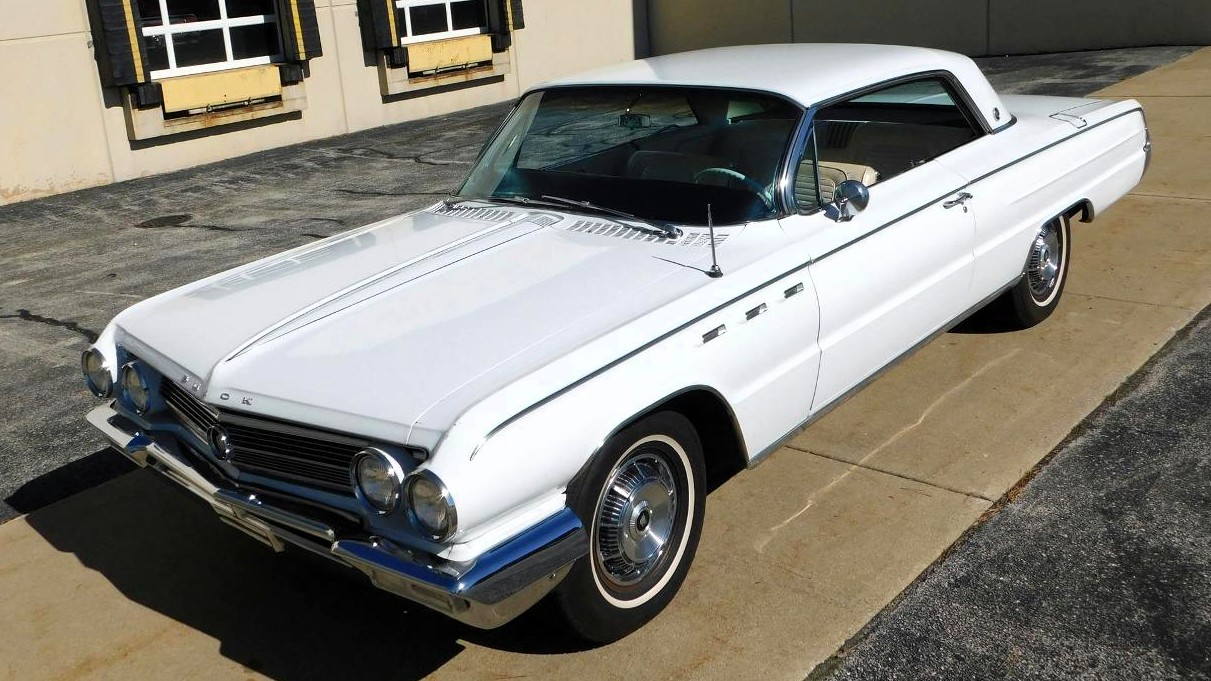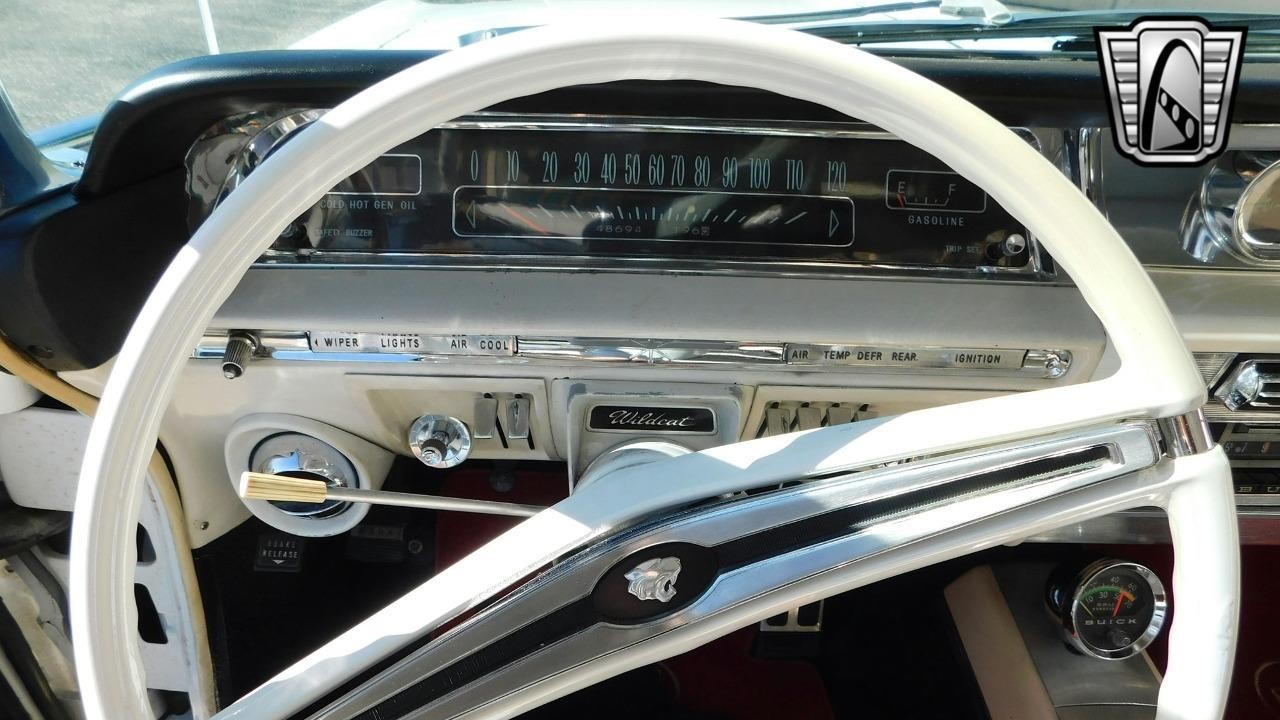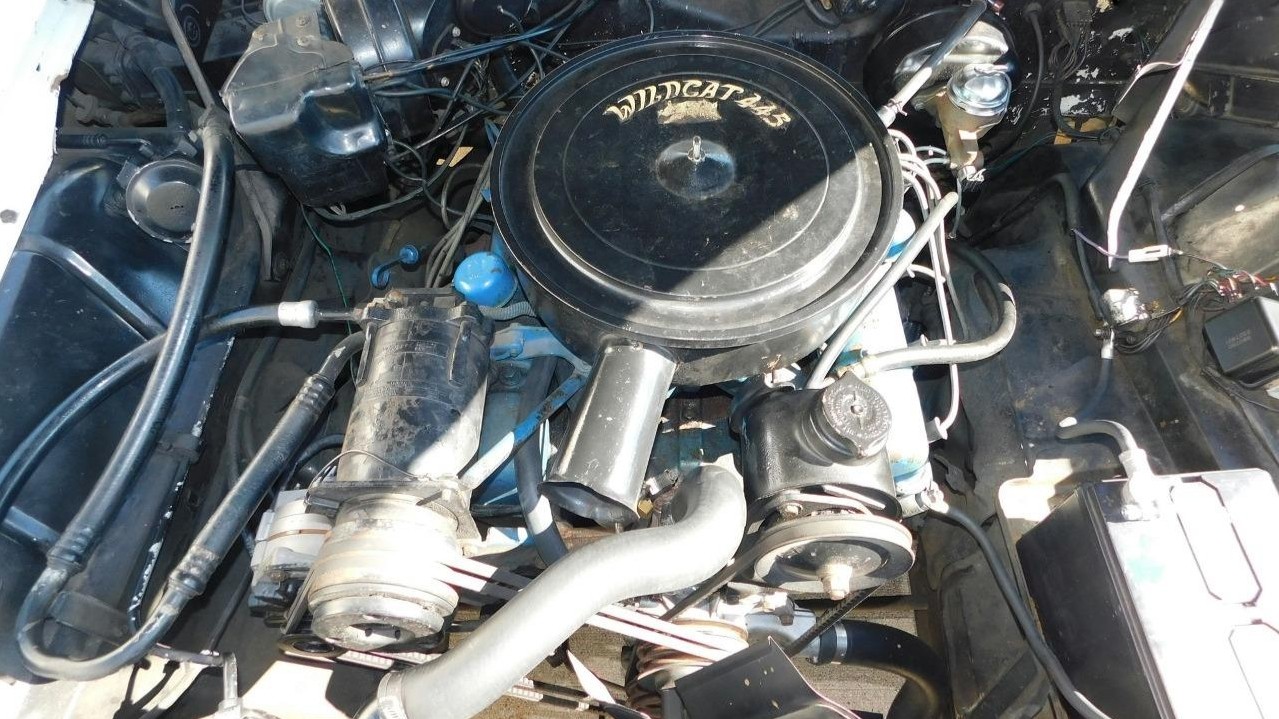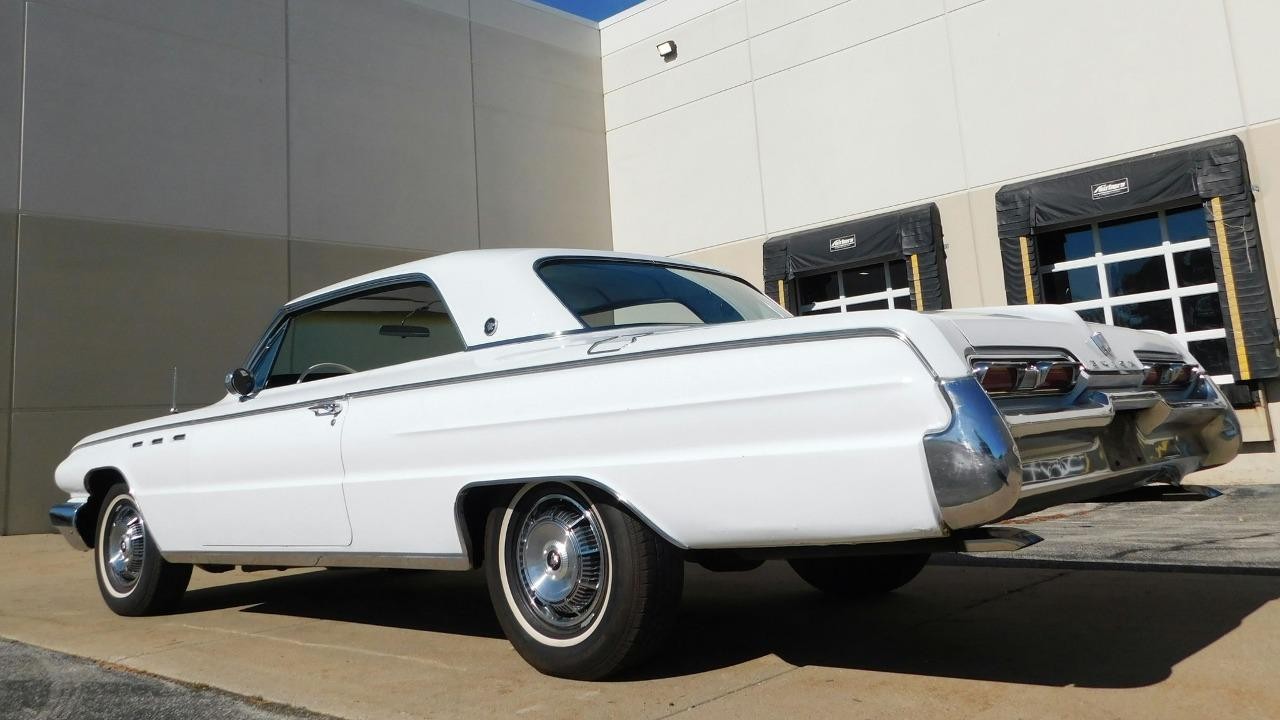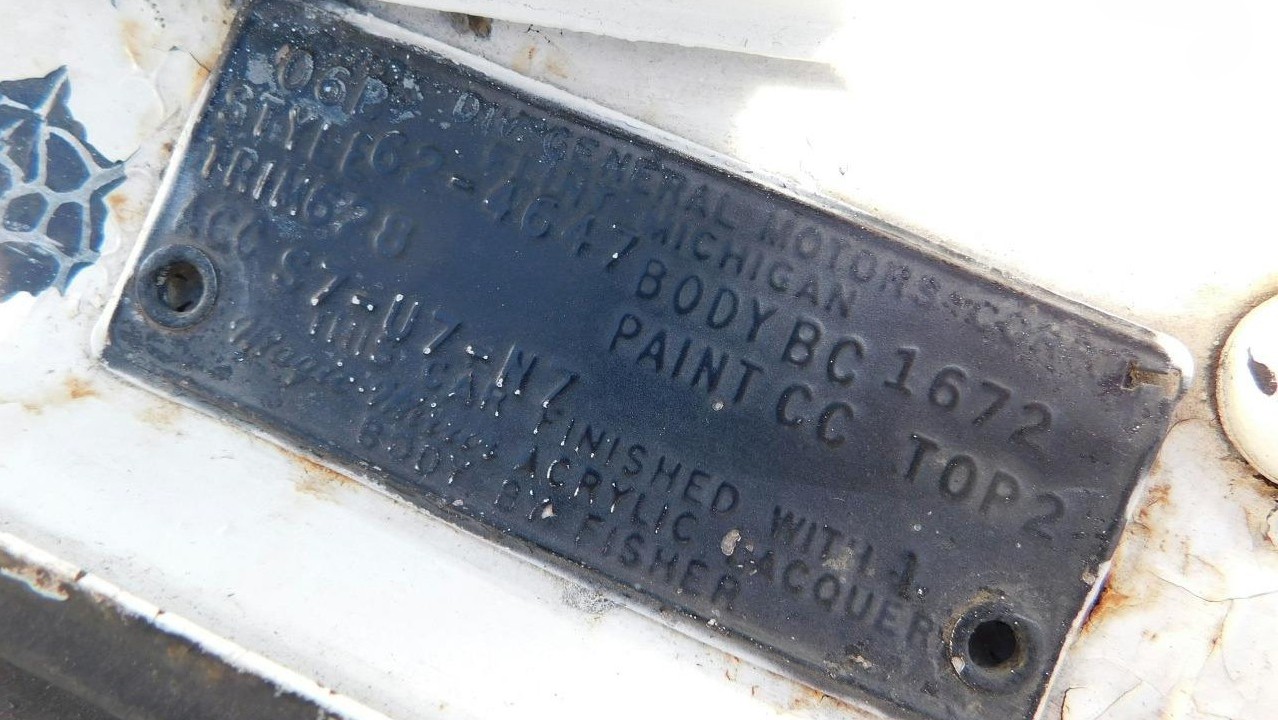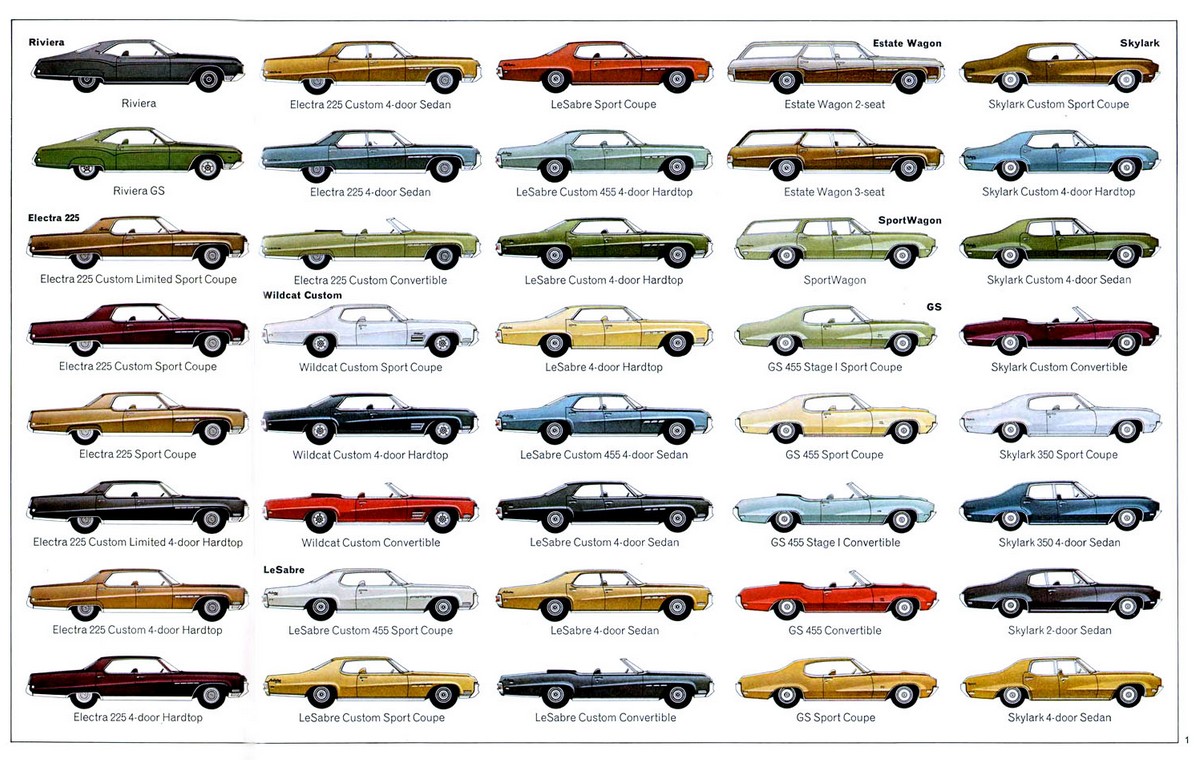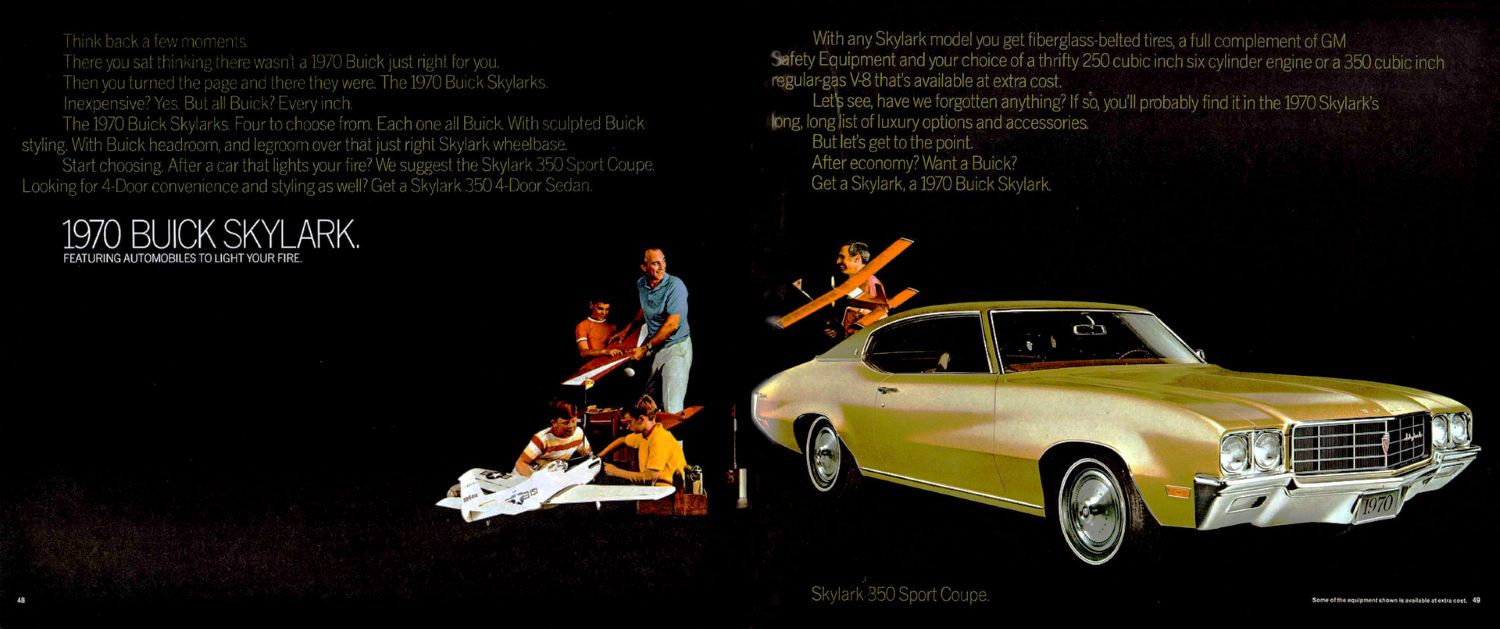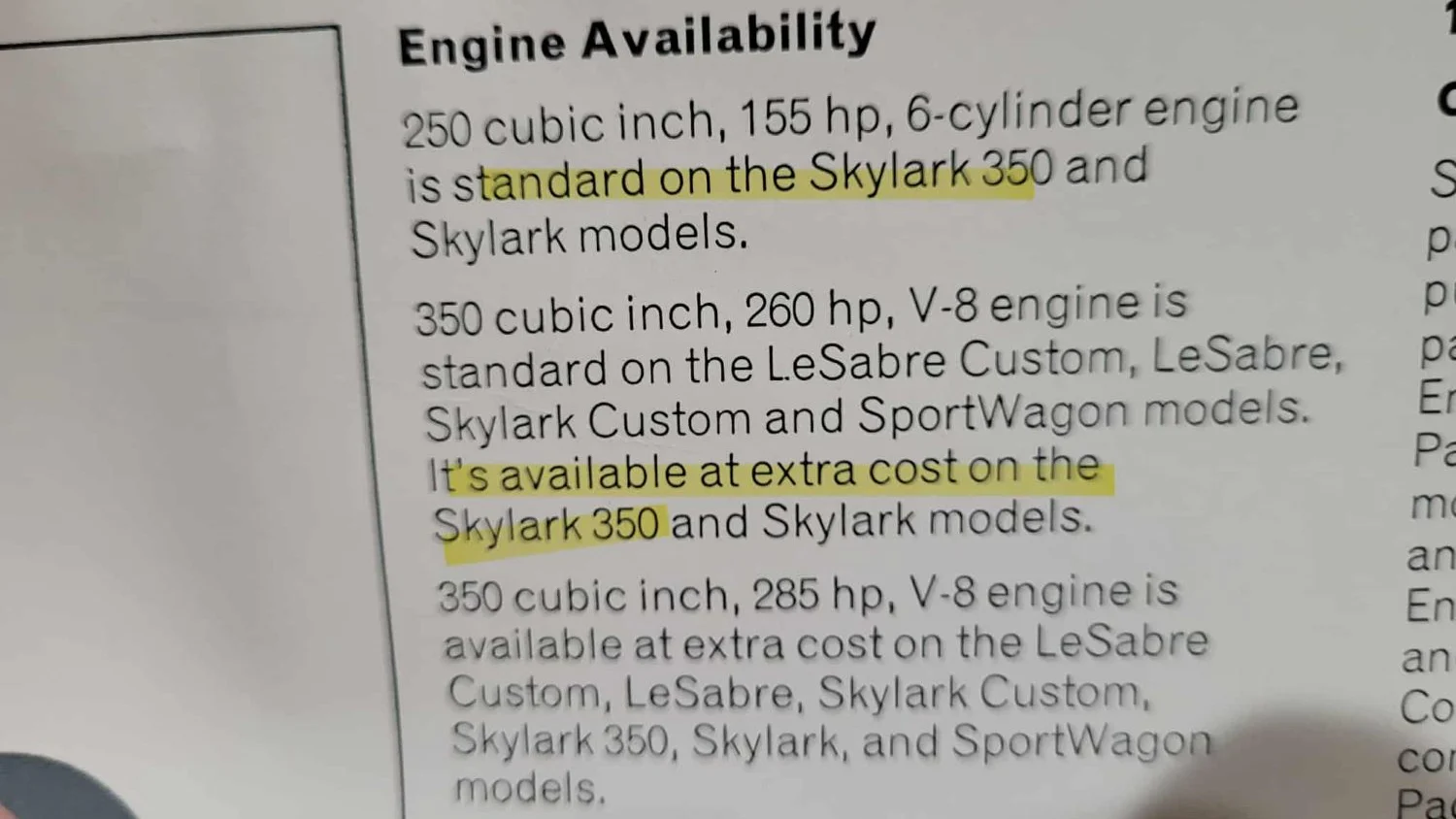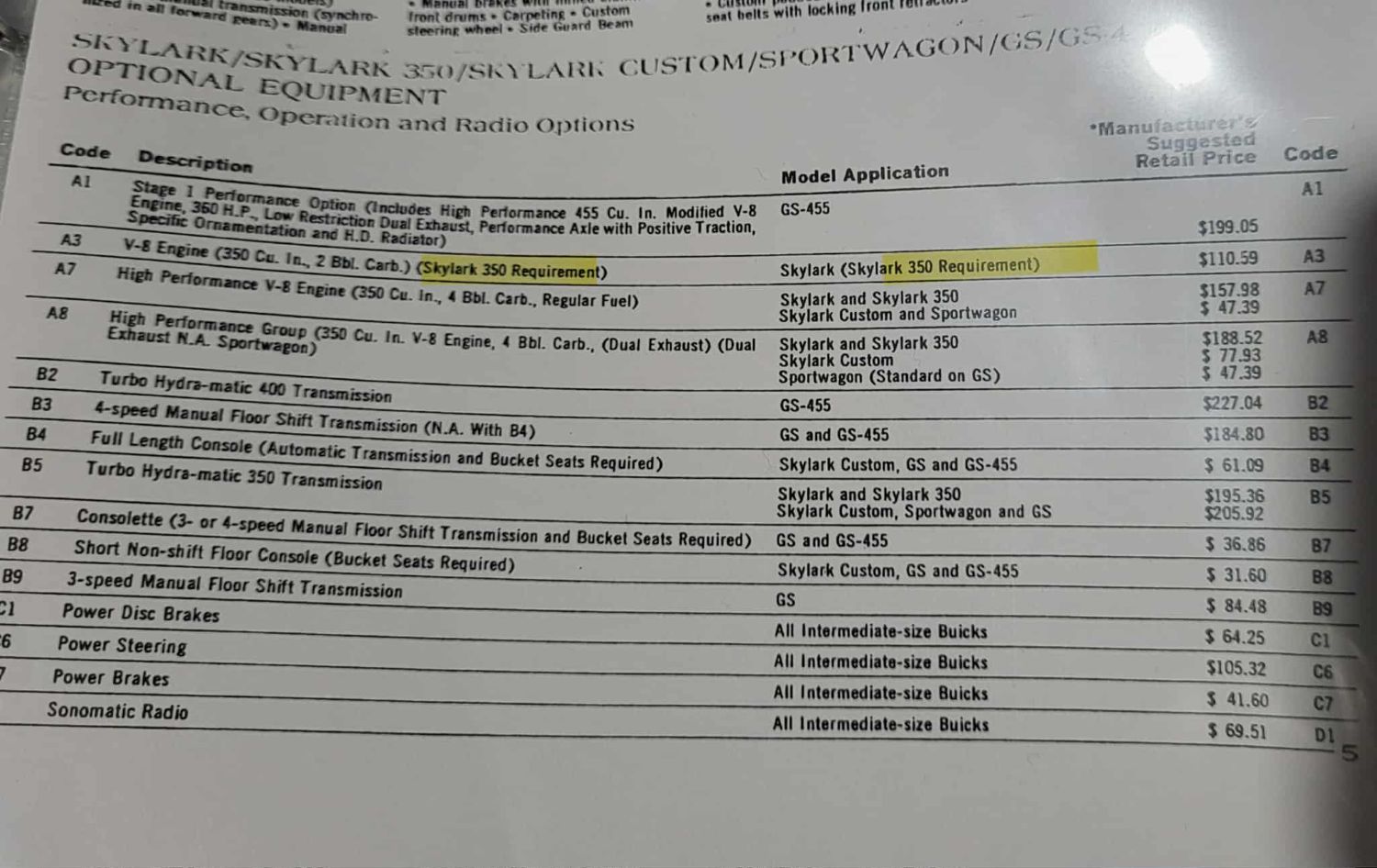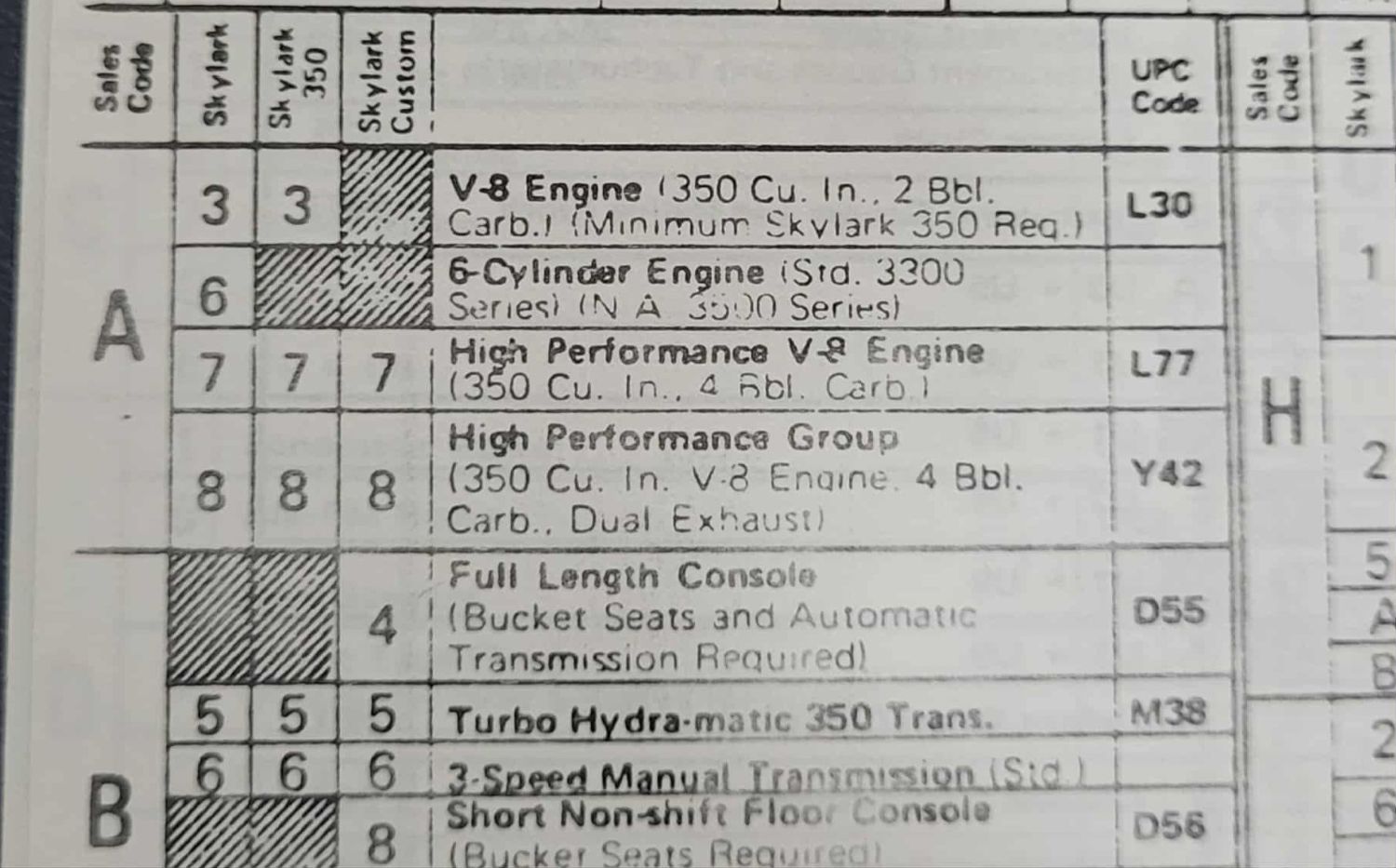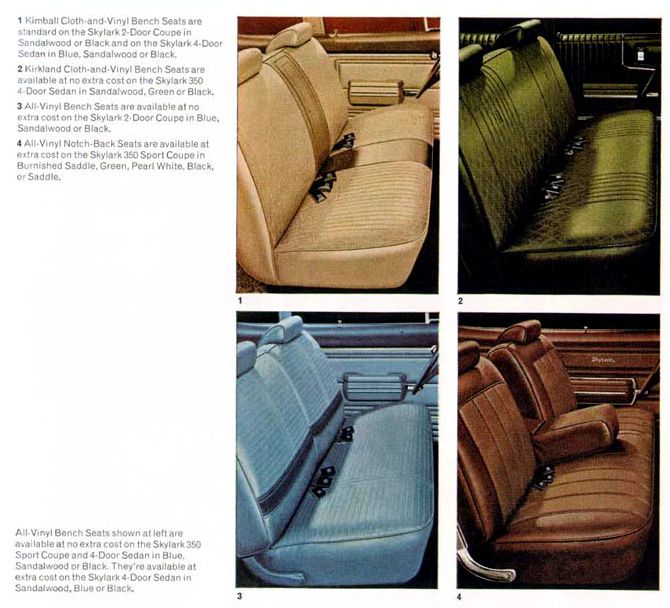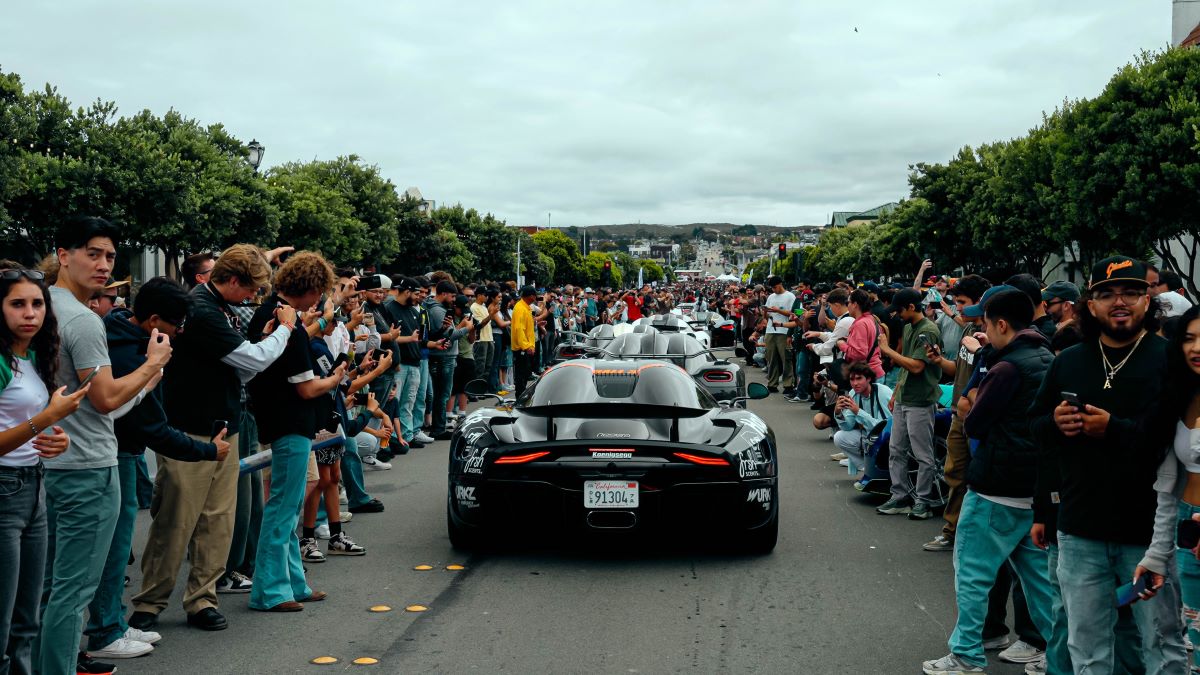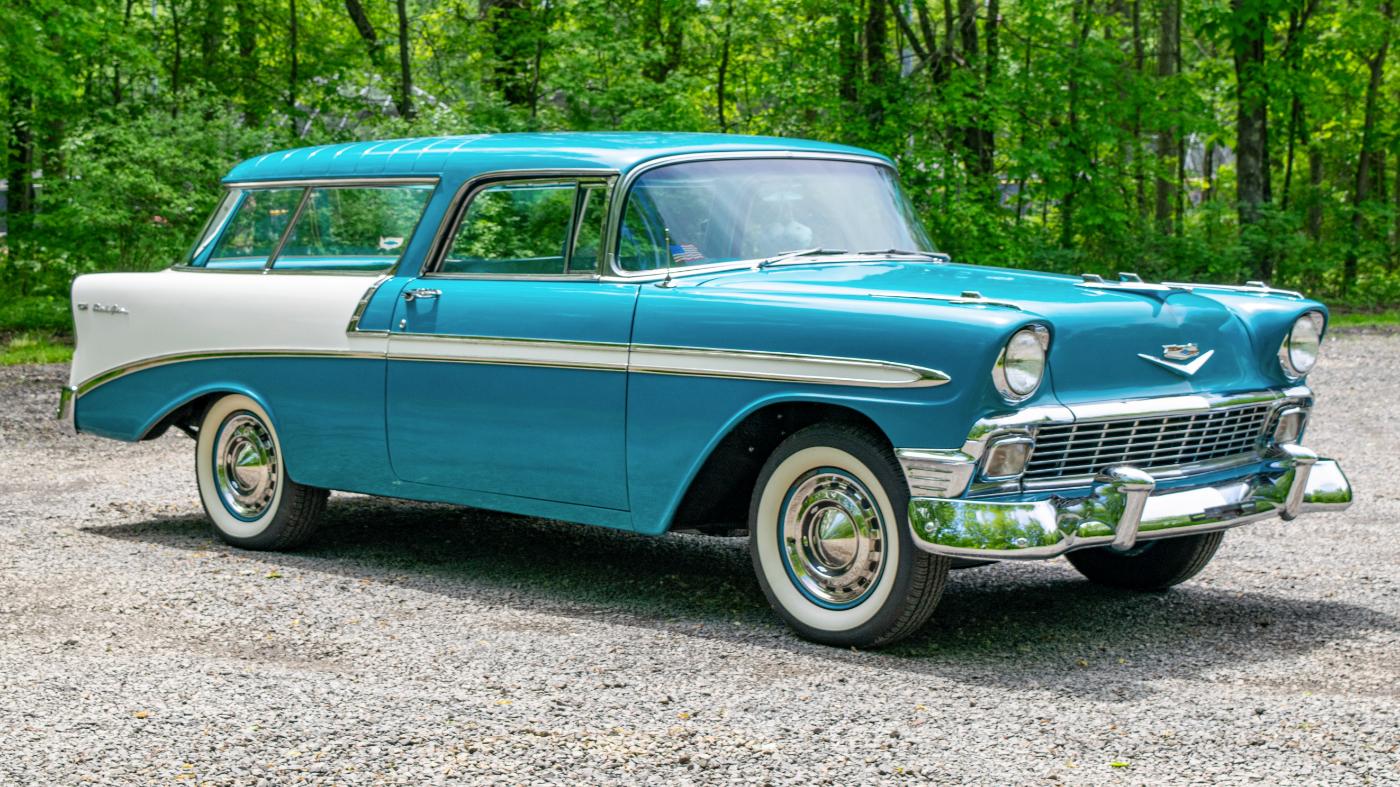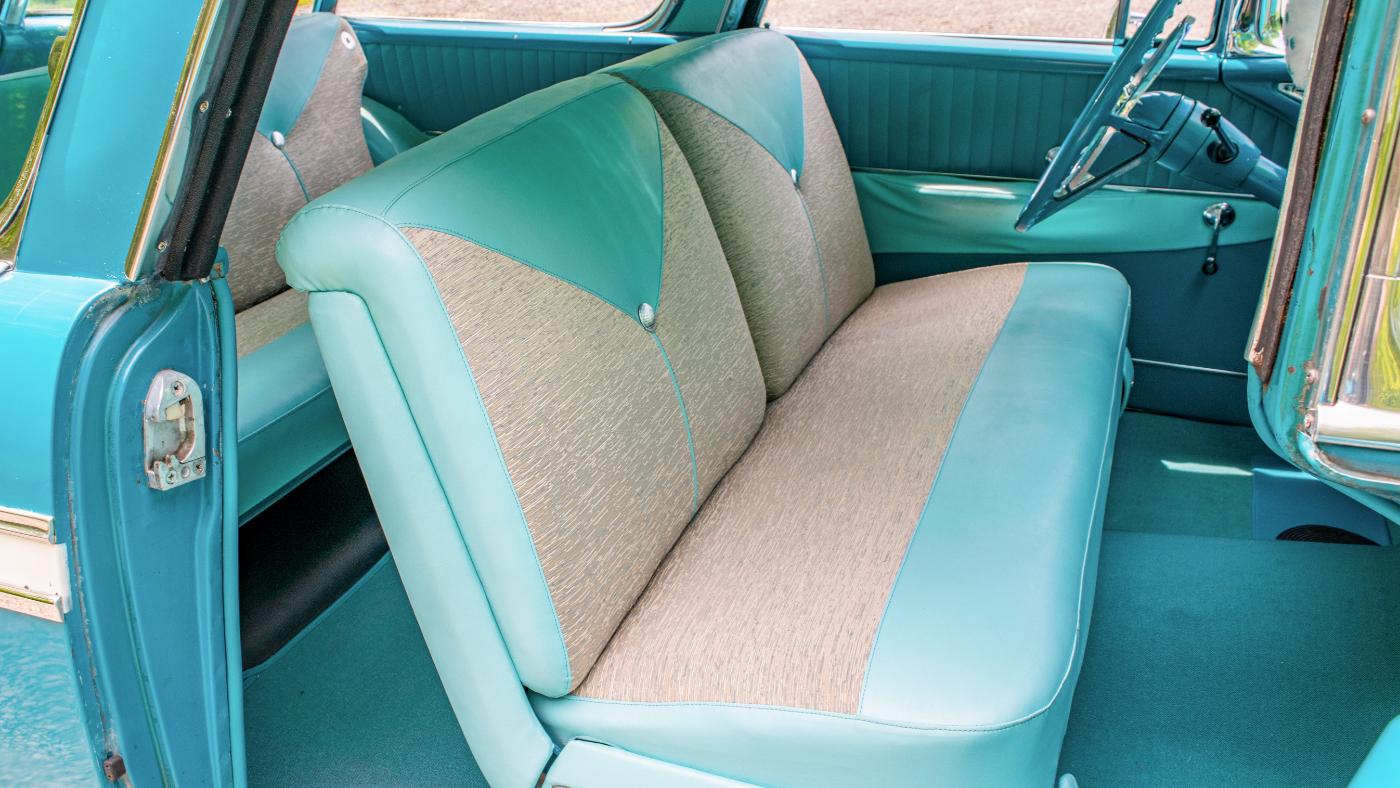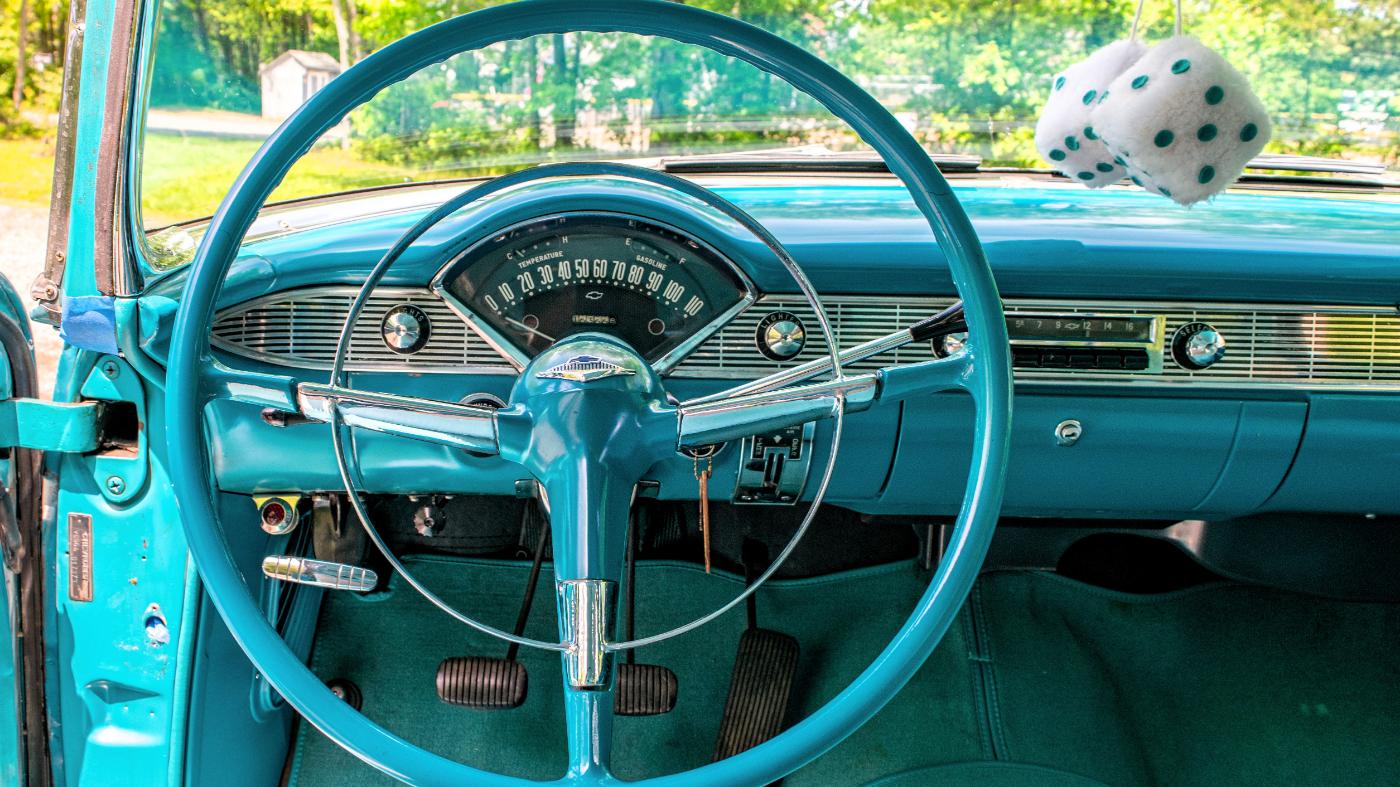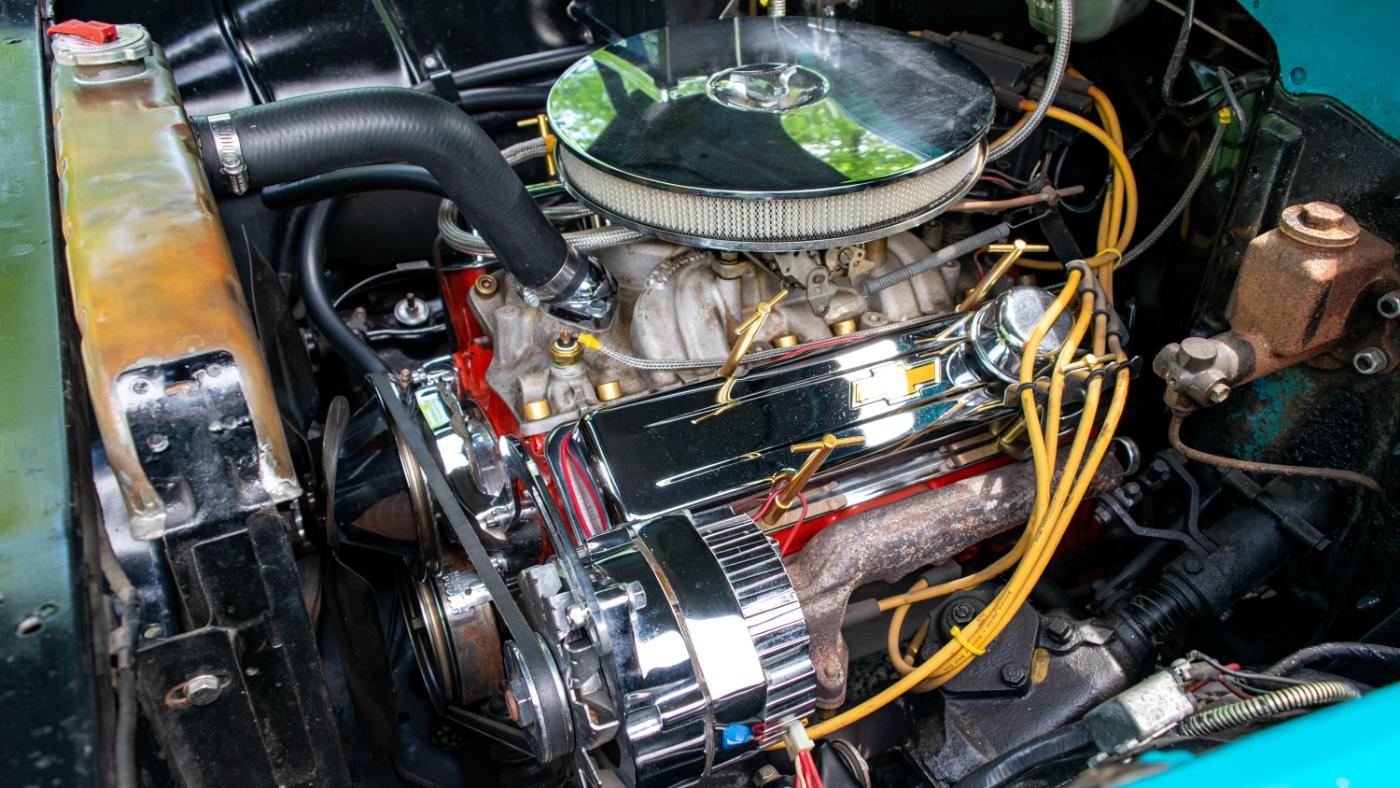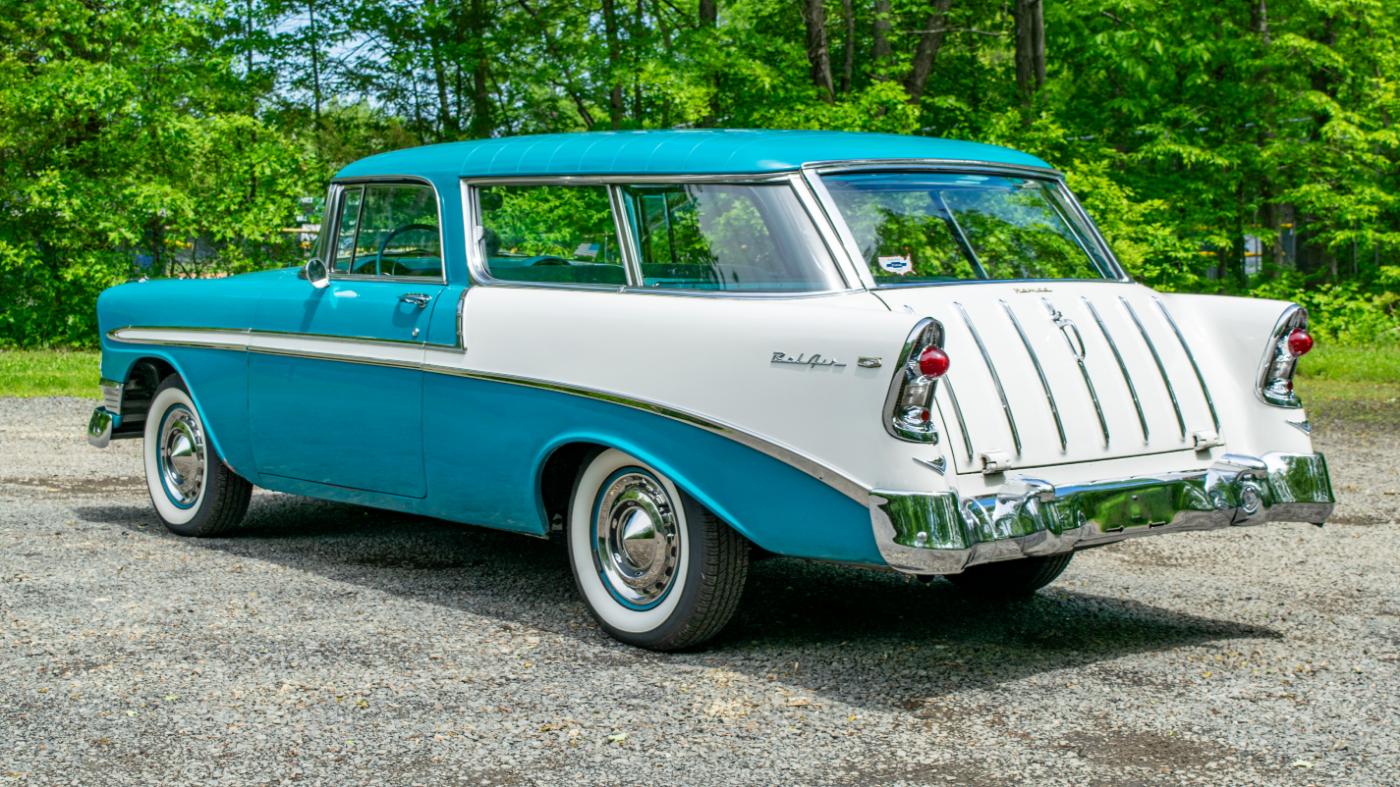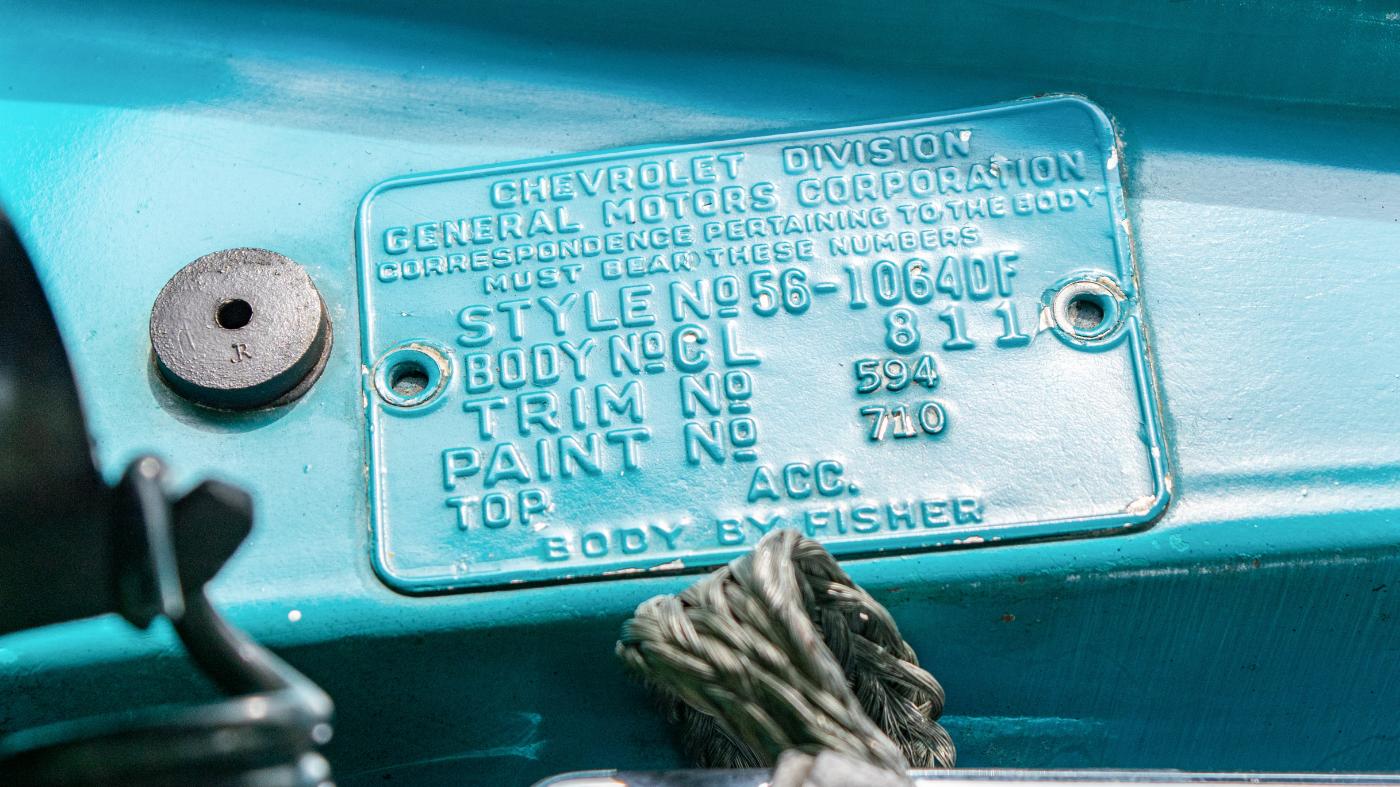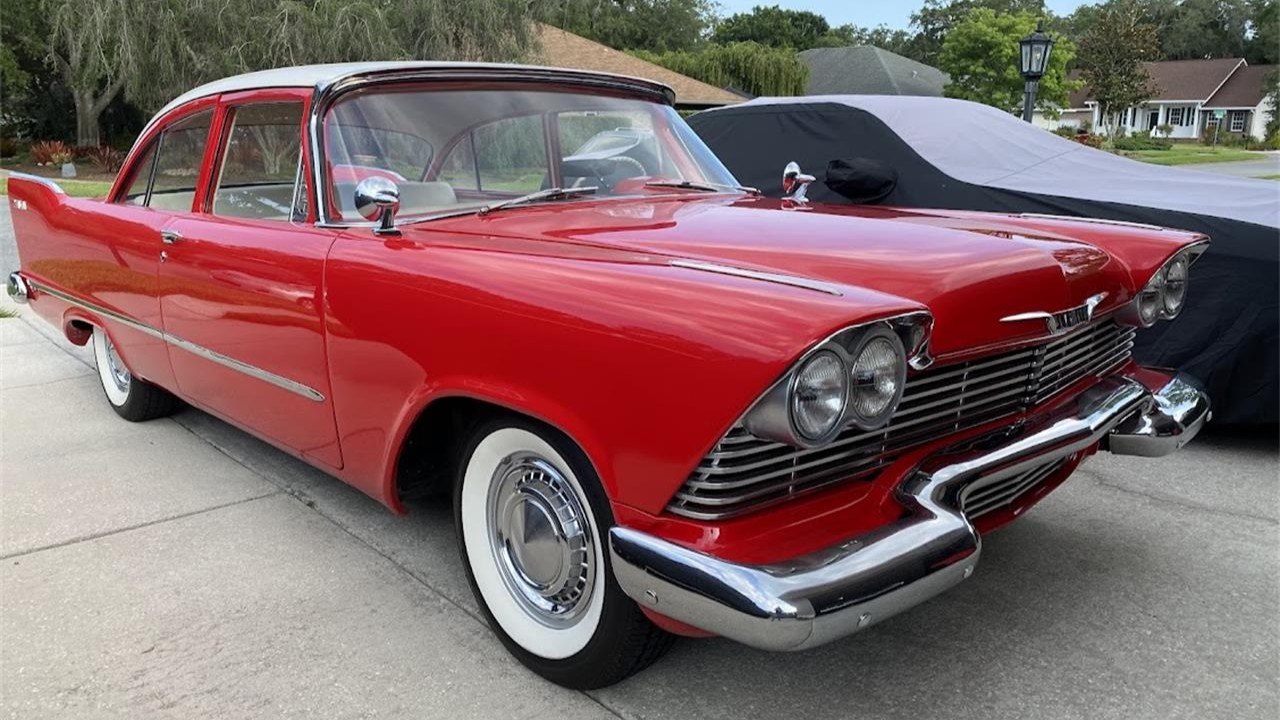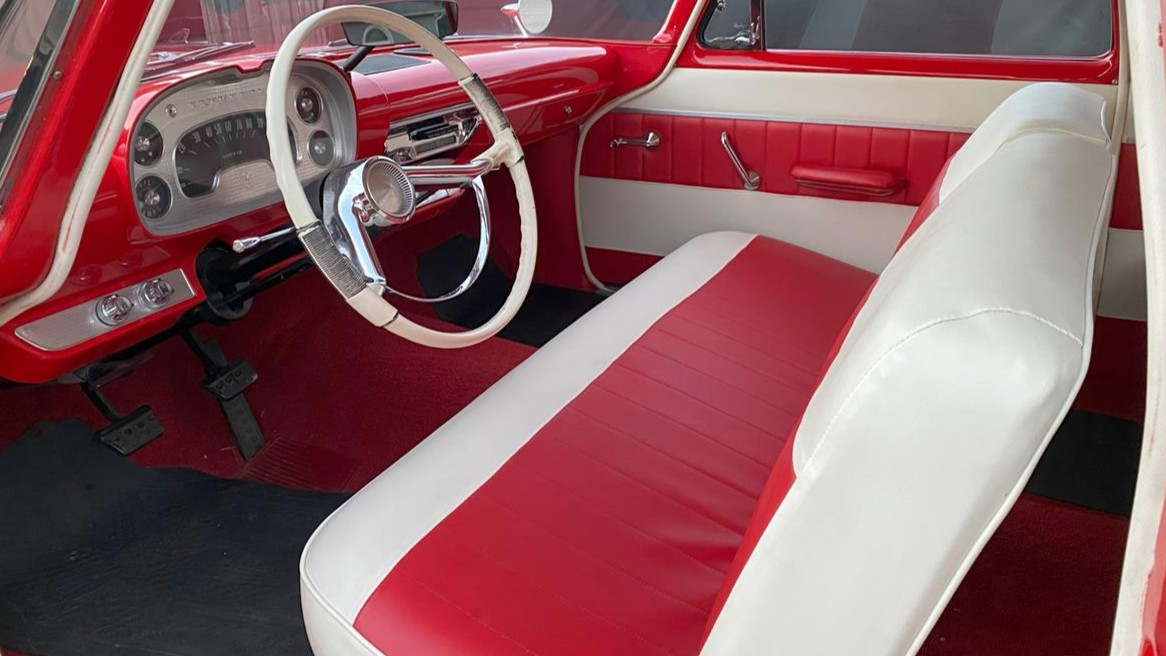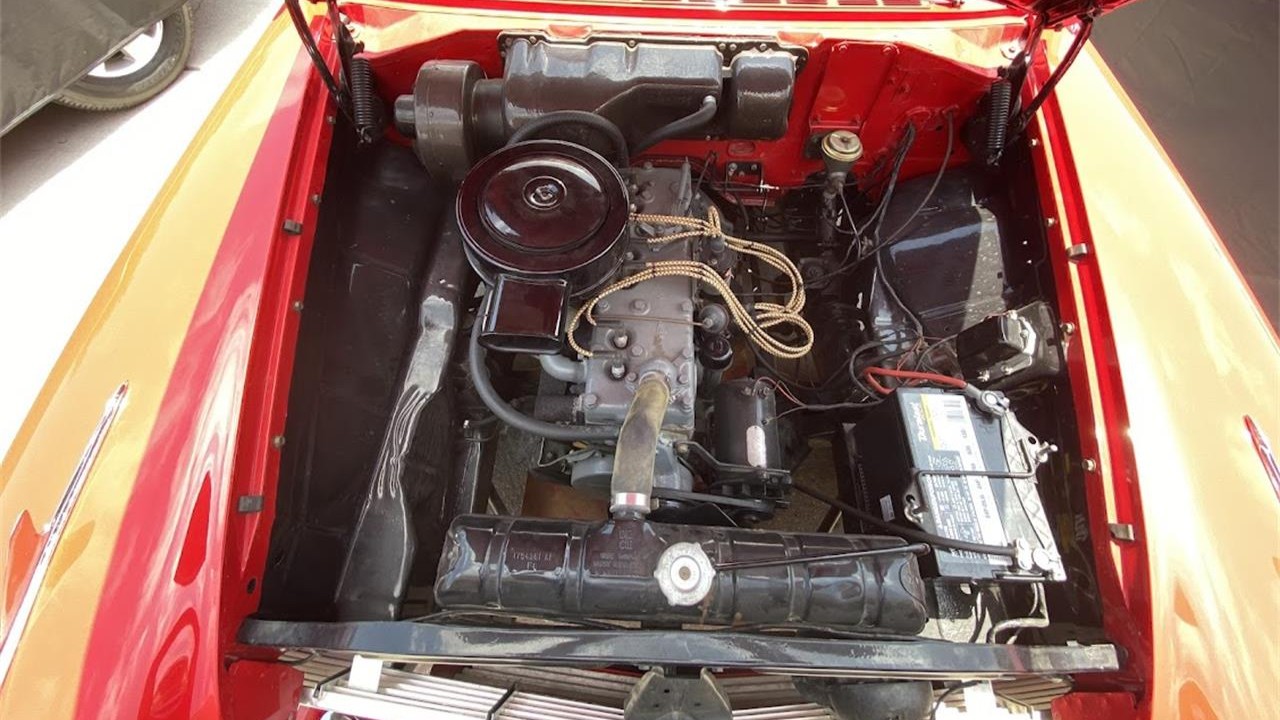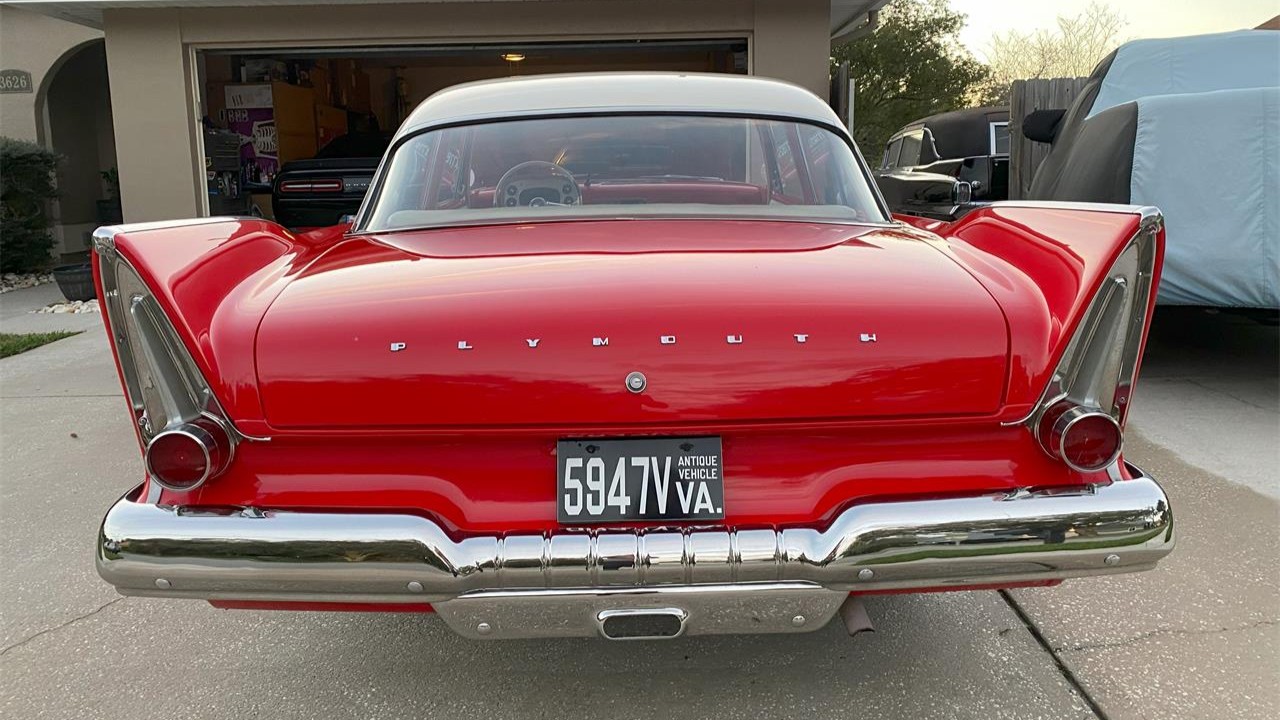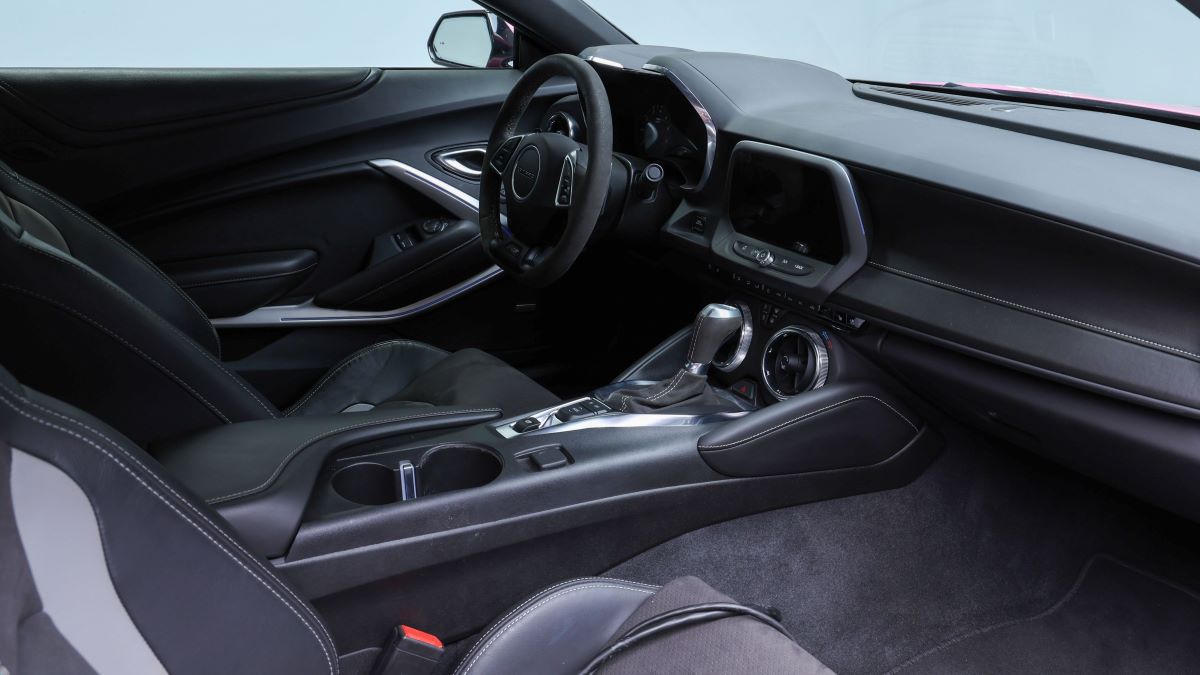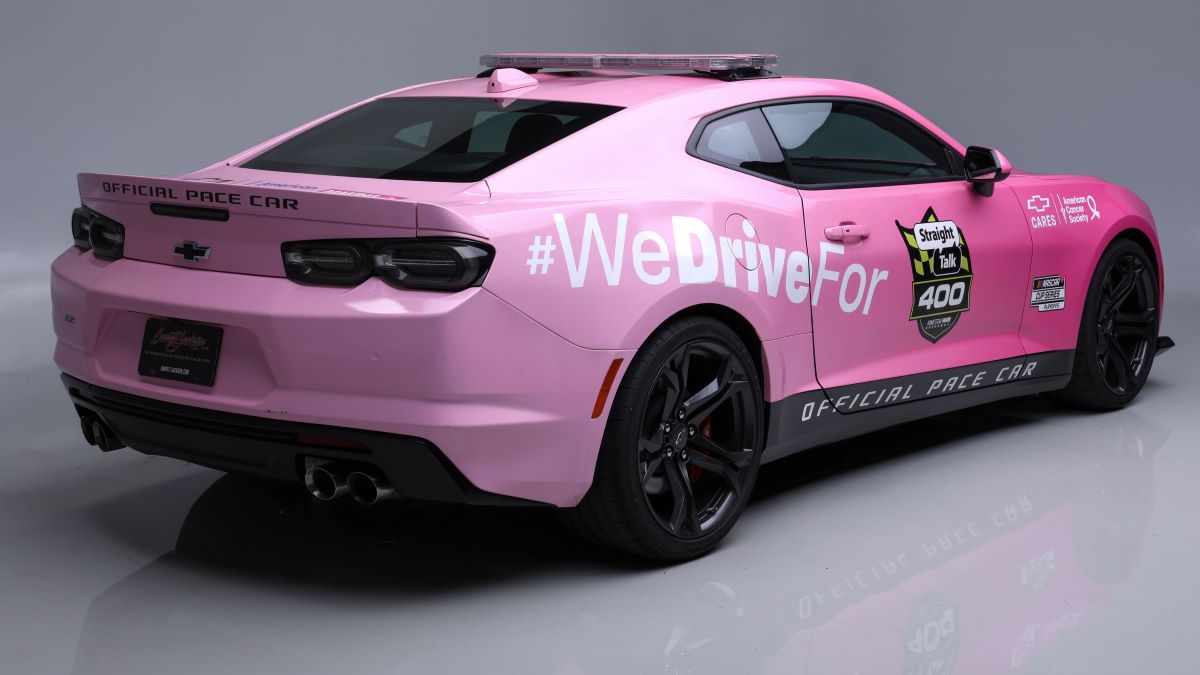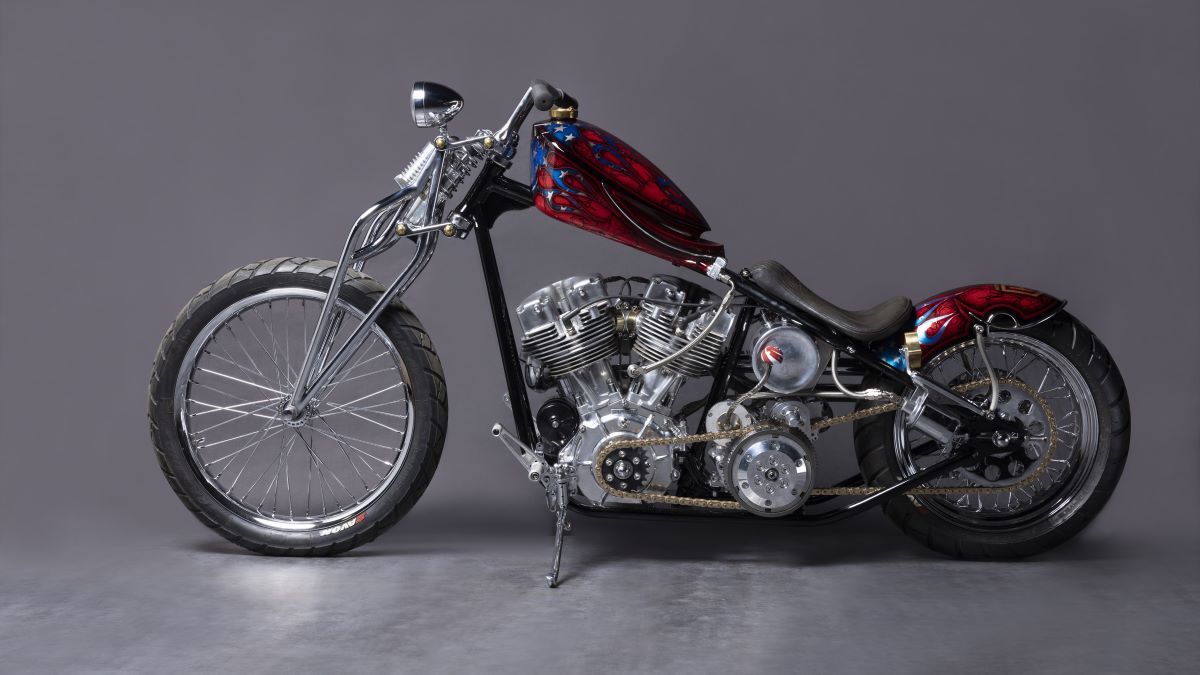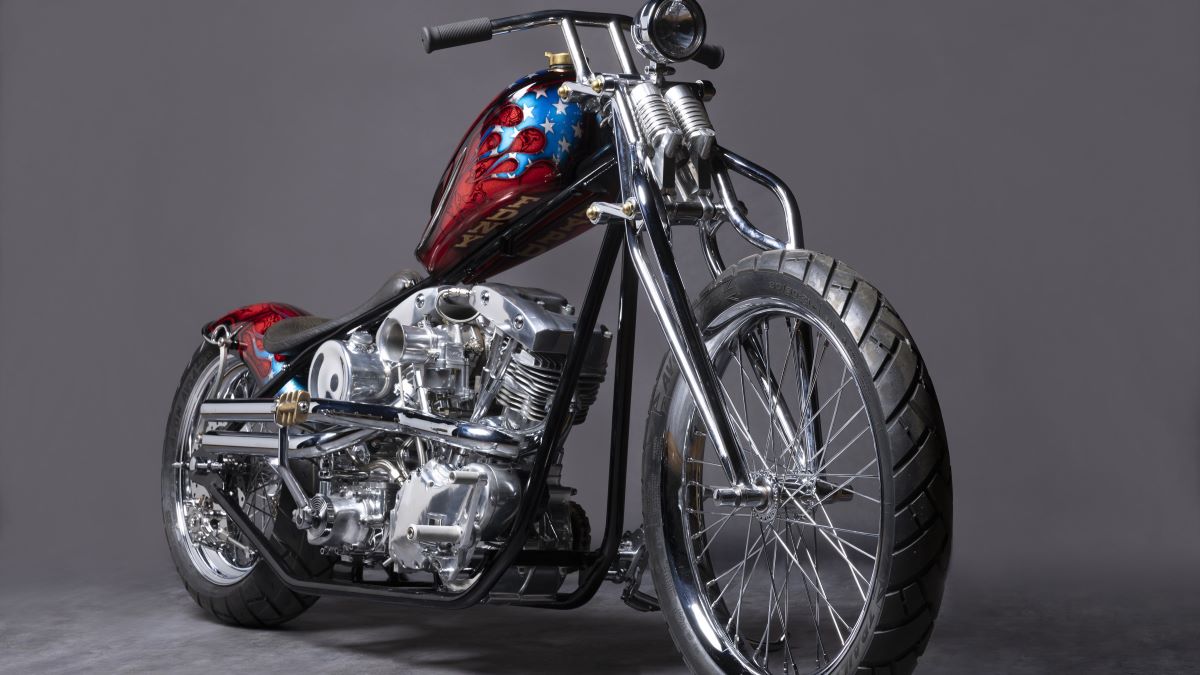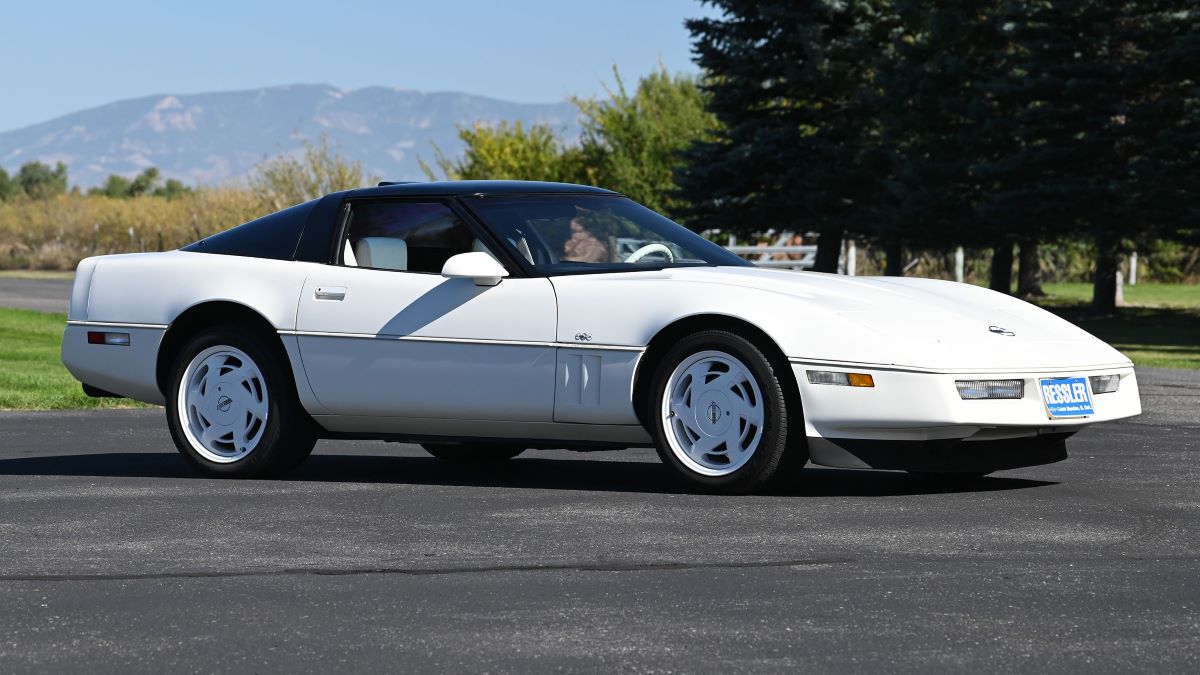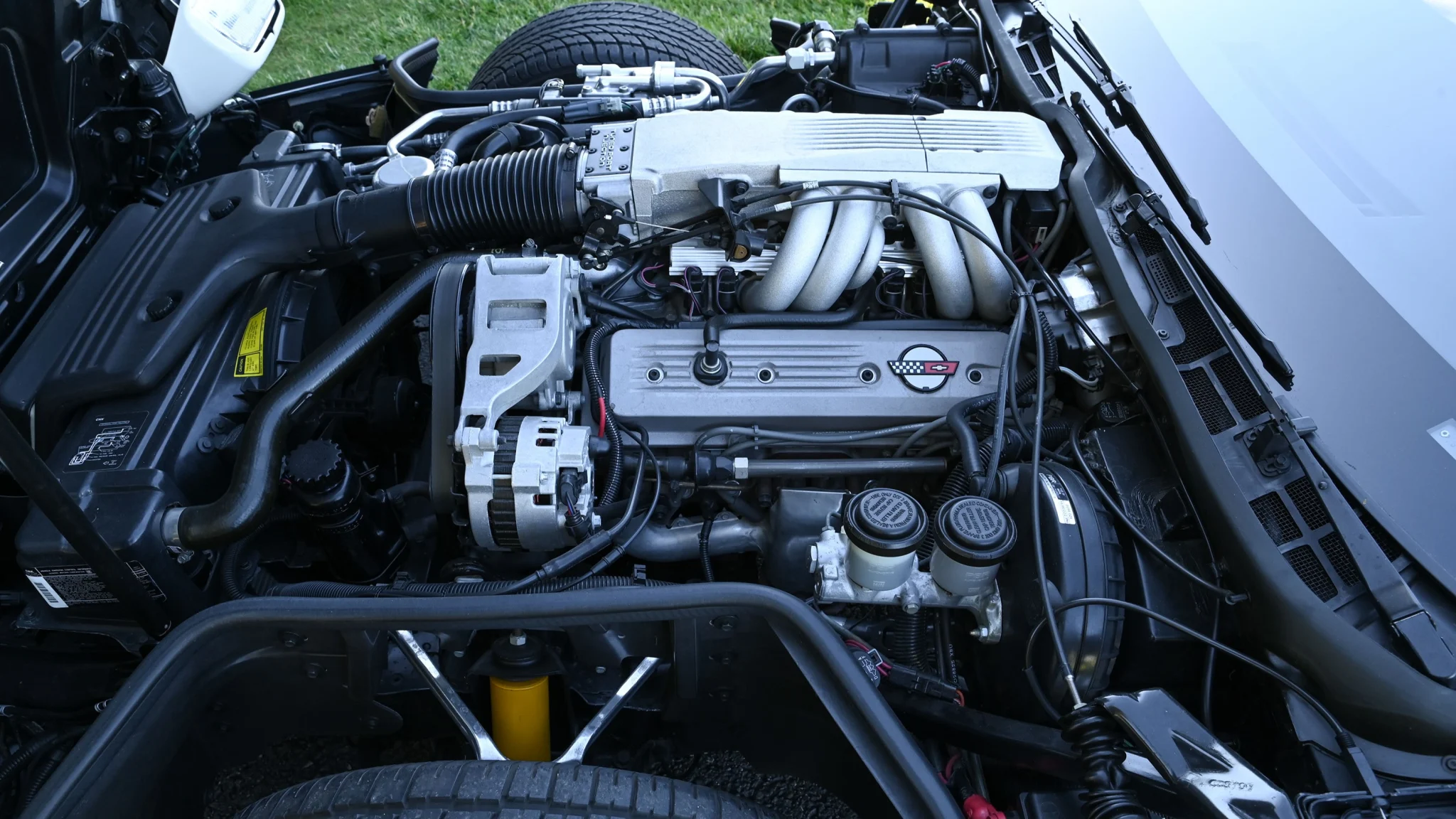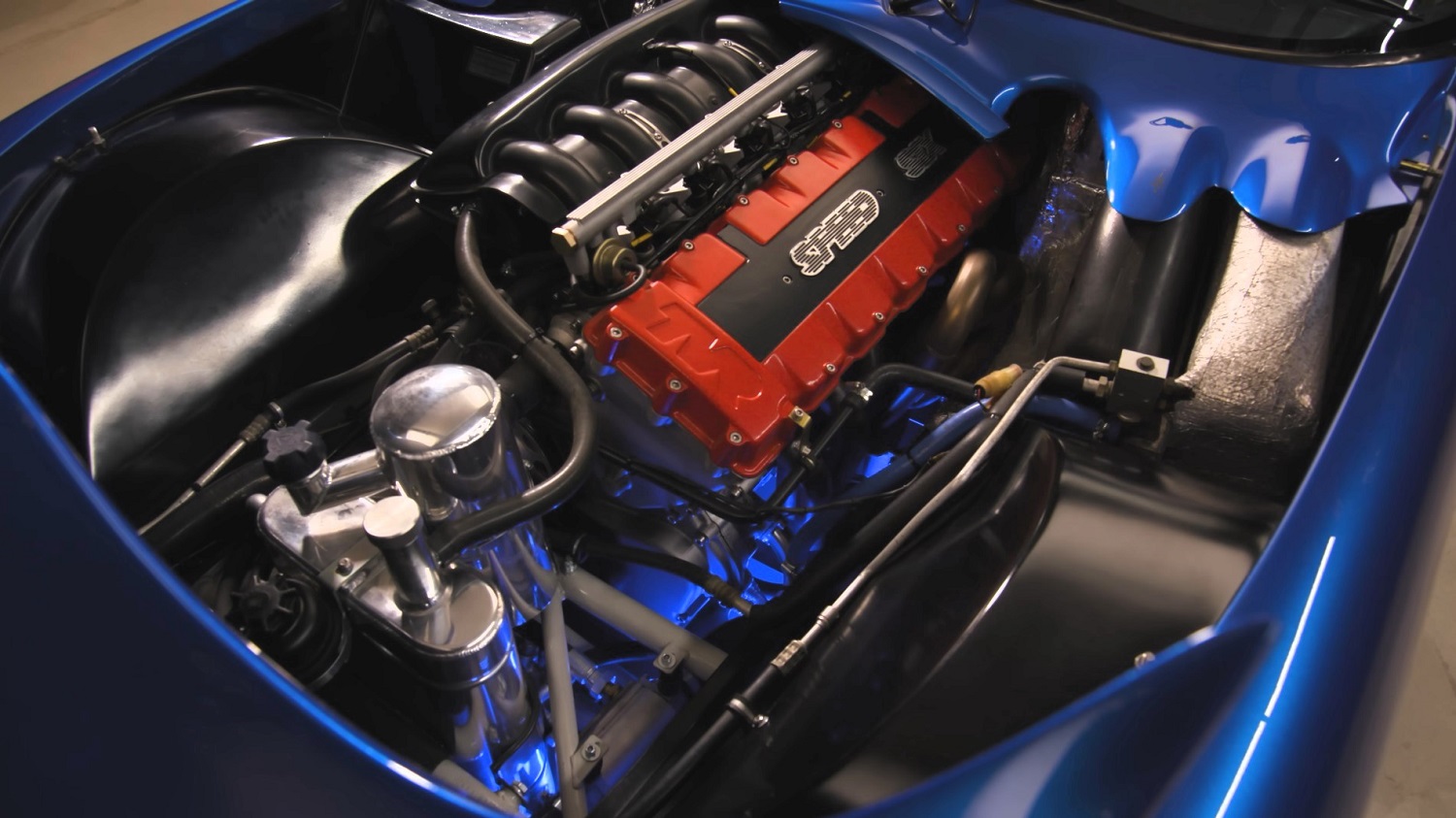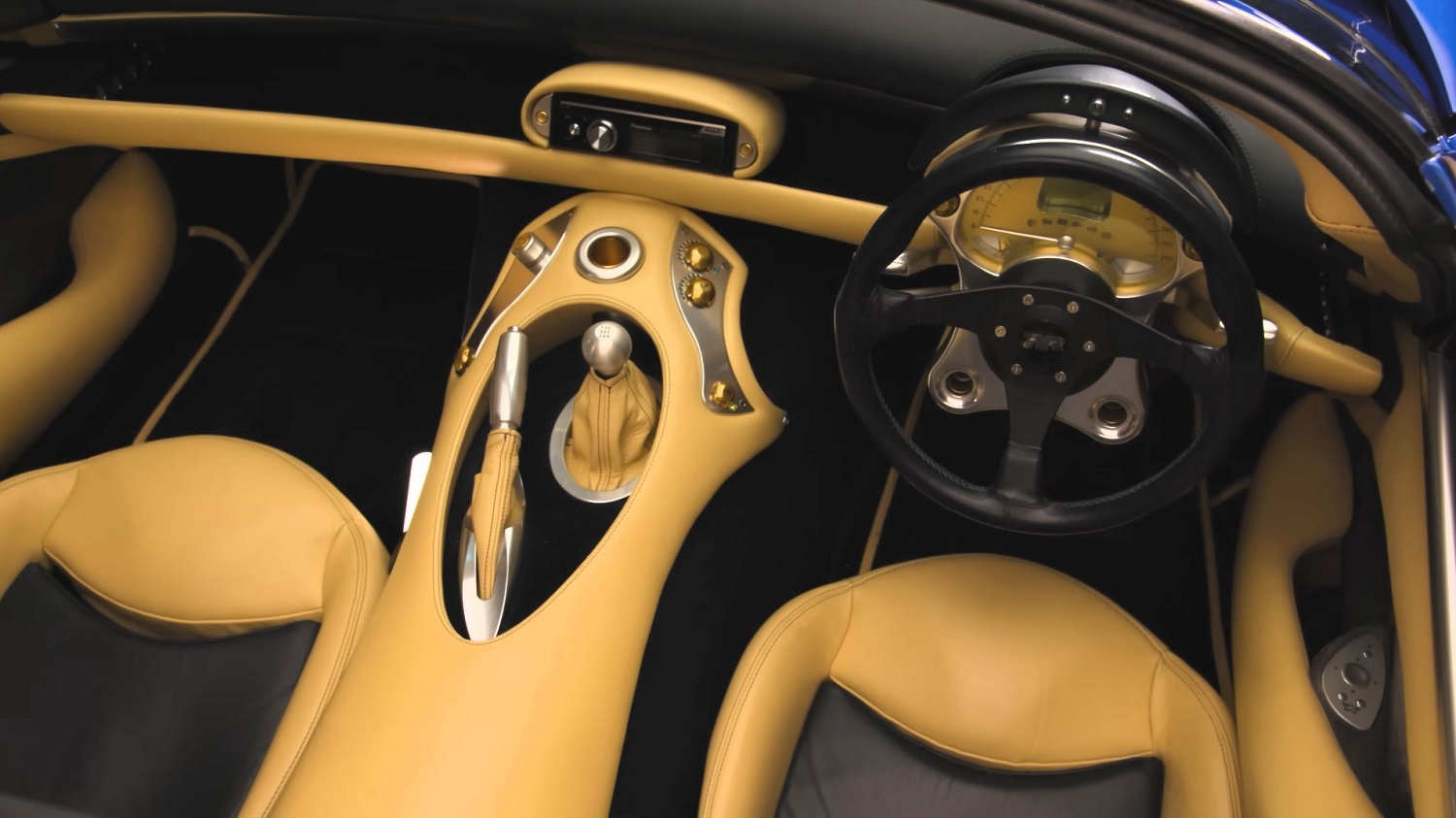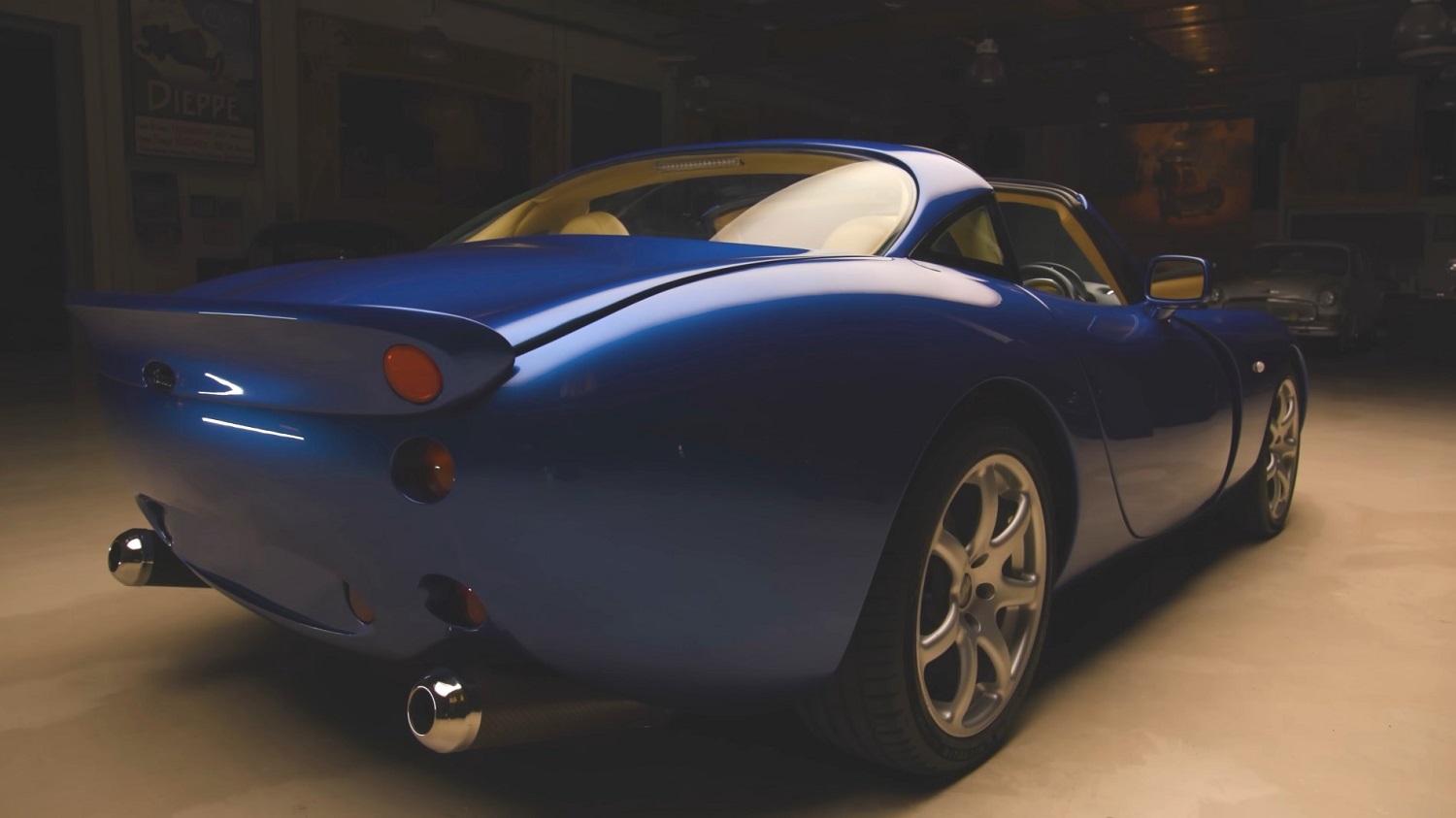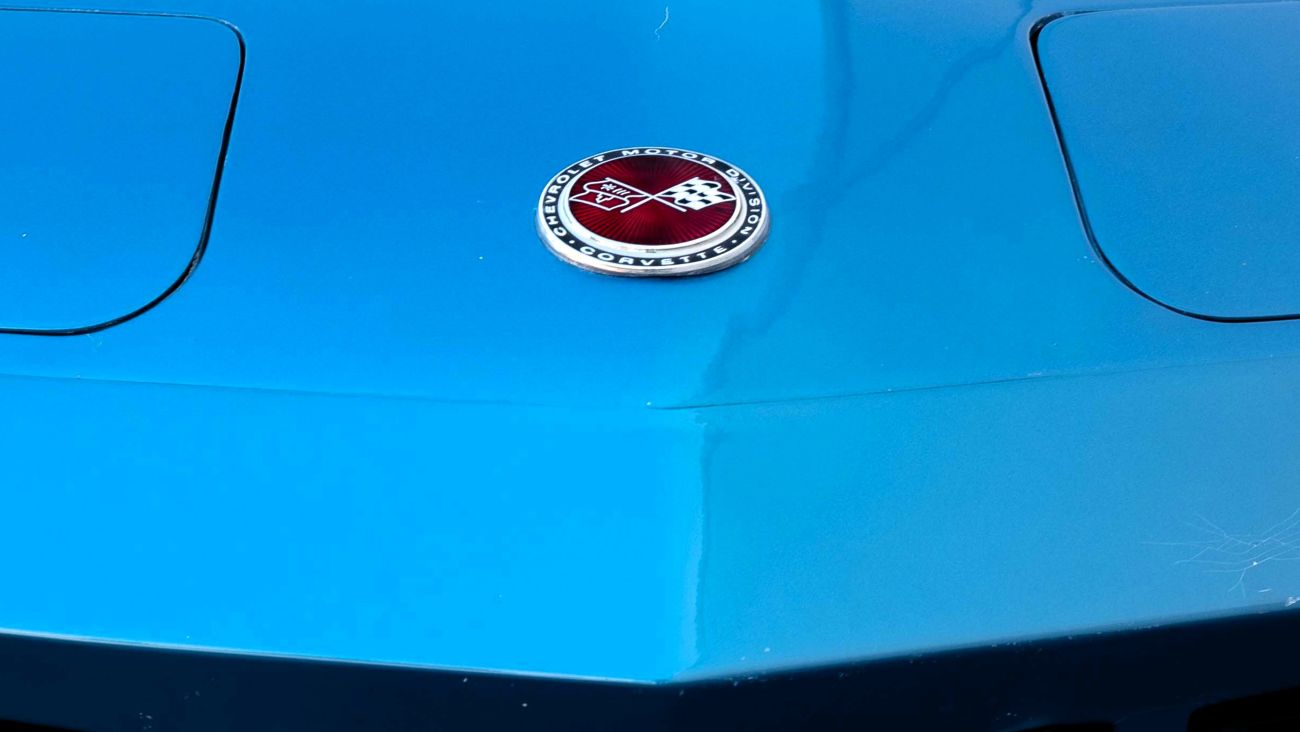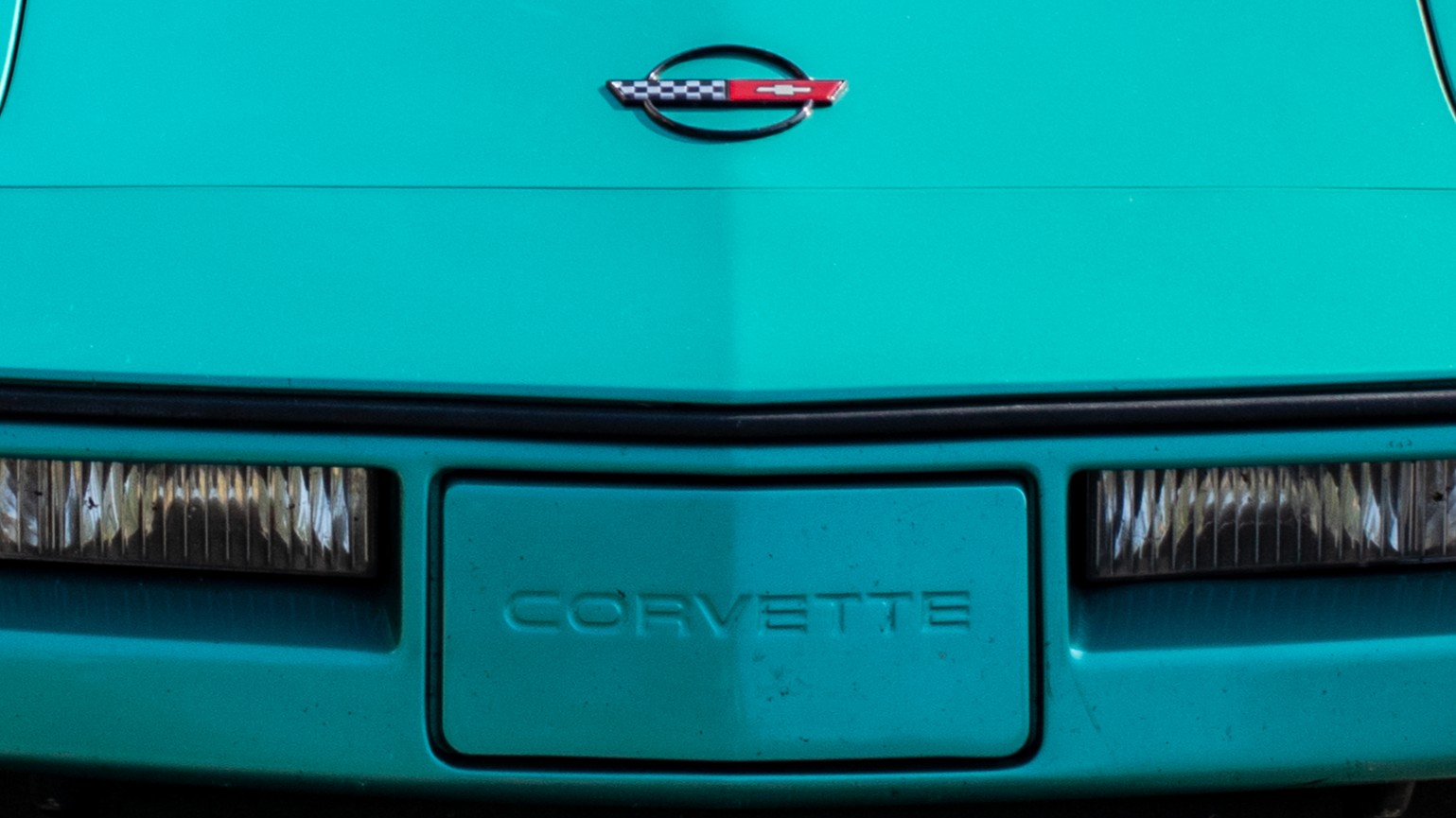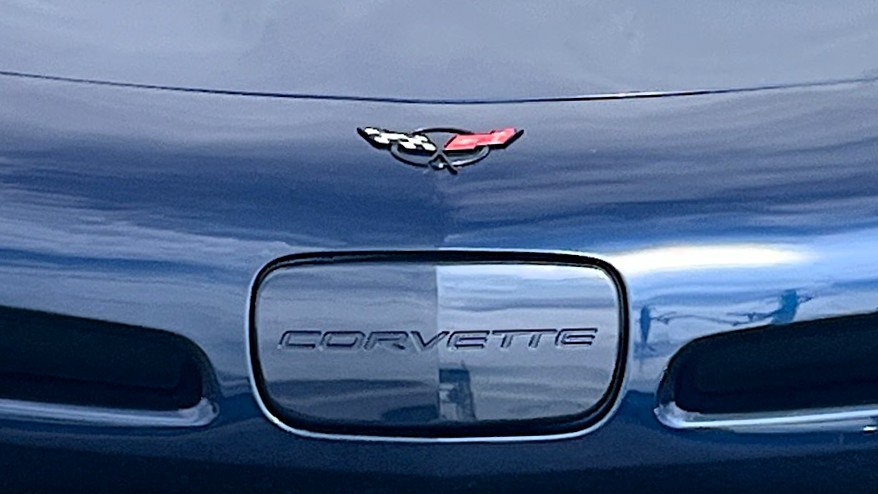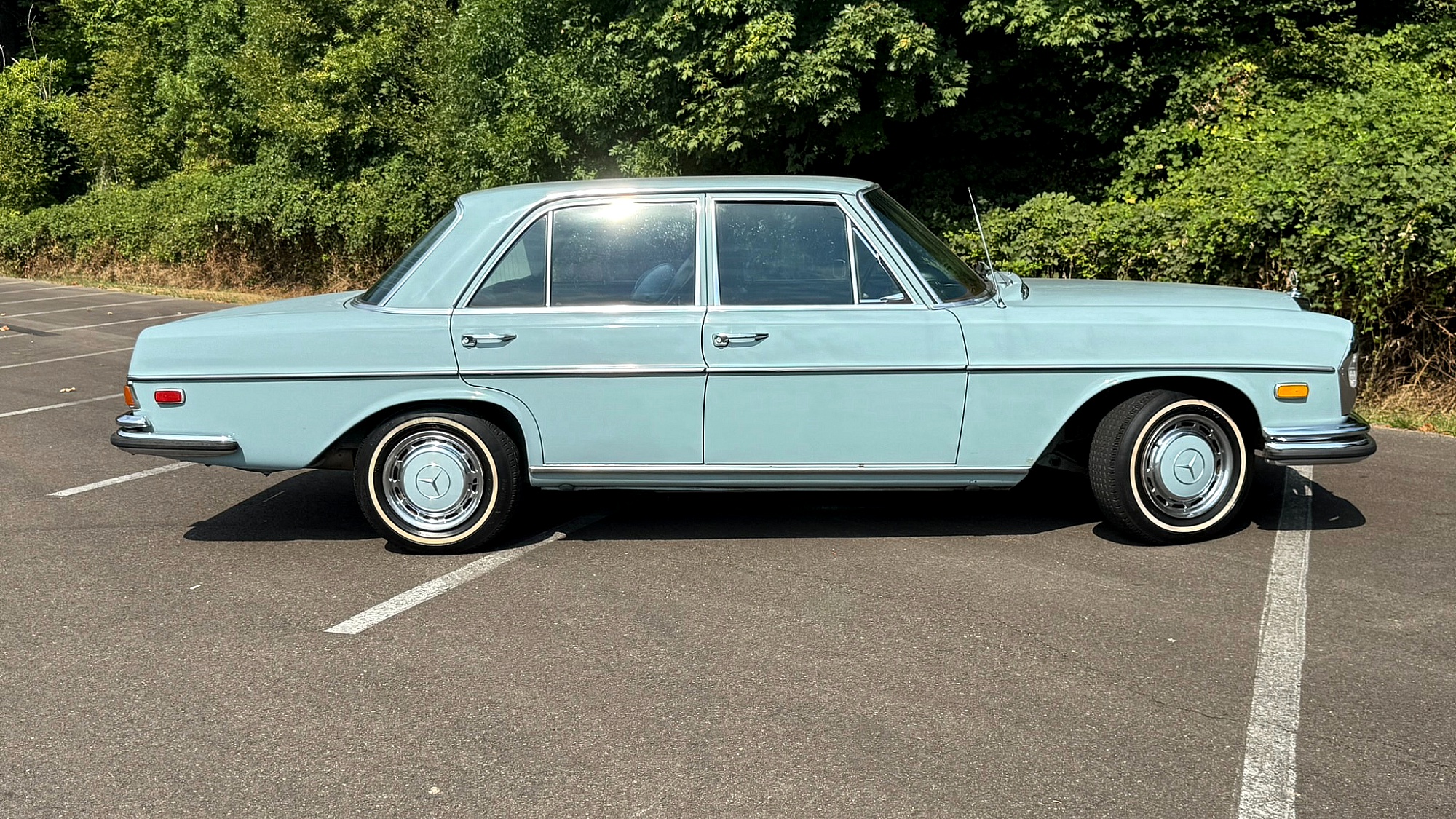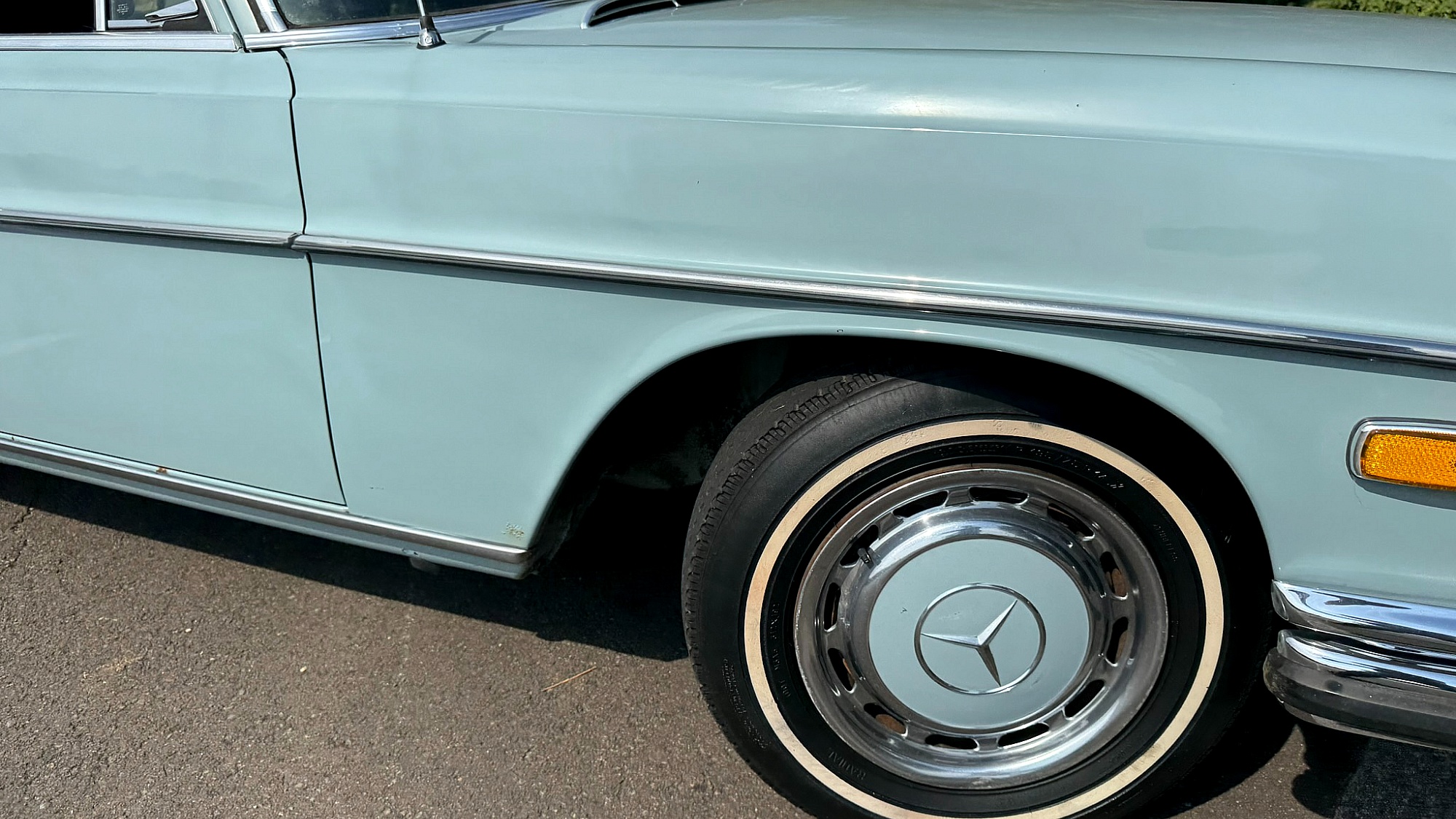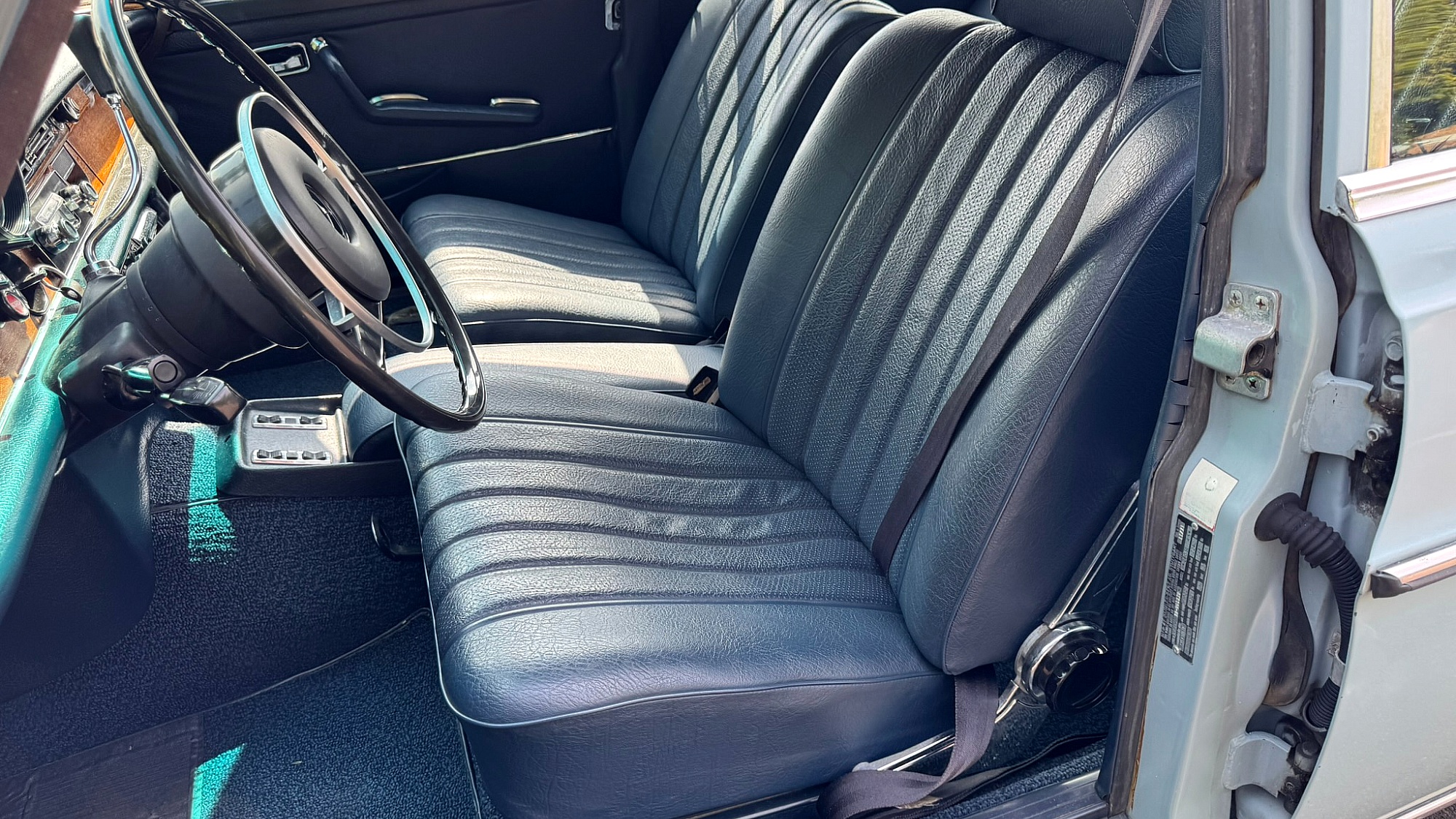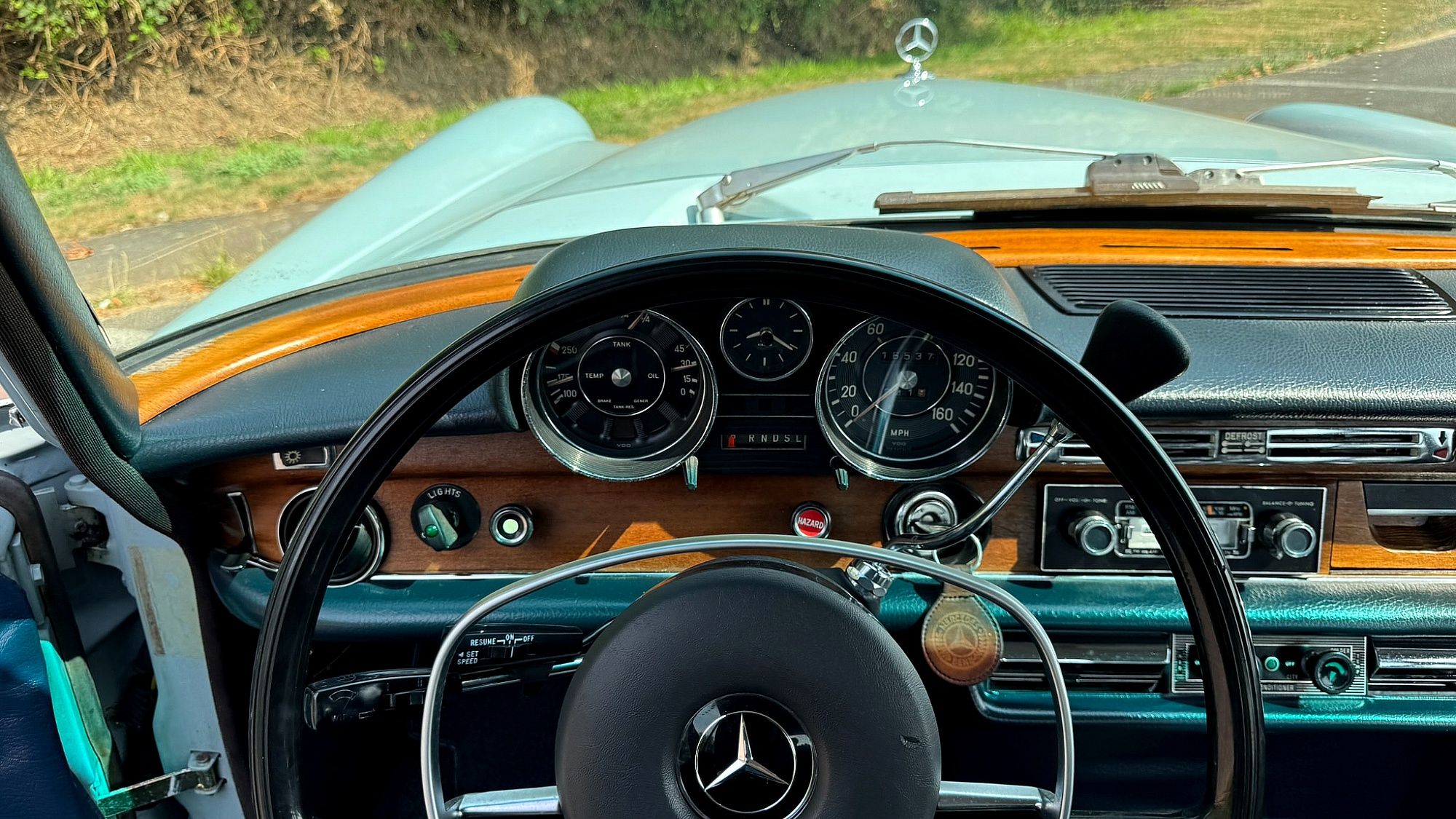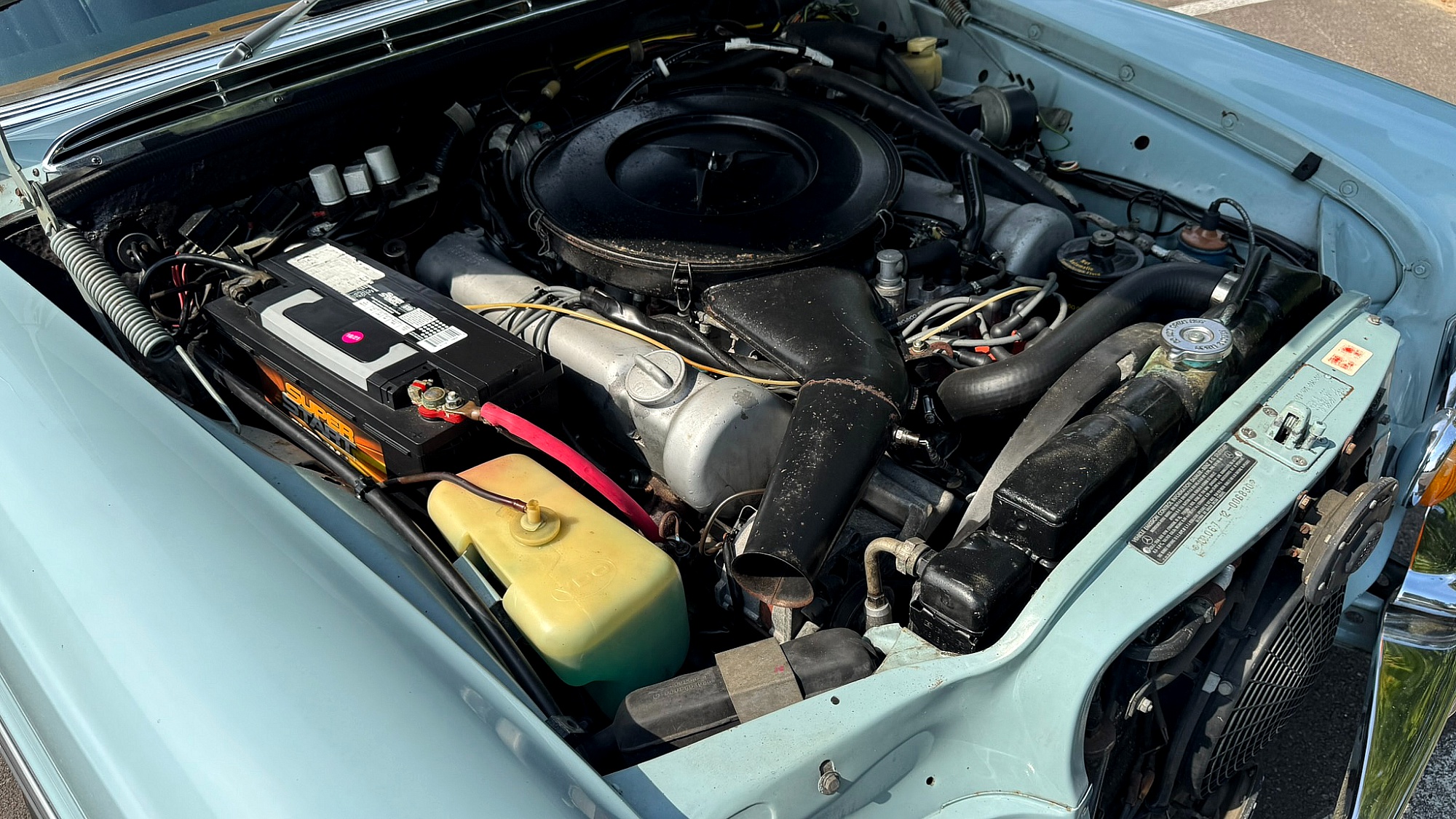The Pacific Northwest has always been known for its attractive greenery—and, in this case, it applies to a classic truck as well: this 1955 Ford F-250 Pickup currently listed on AutoHunter. The truck is being sold by a private party in Lynden, Washington, with the auction ending on Monday, September 22, 2025, at 12:30 p.m. (PDT).
Lynden is a small community about 100 miles north of Seattle and fewer than 10 miles from the Canadian border. It looks like a beautiful place to explore—especially from behind the wheel of a vintage pickup.
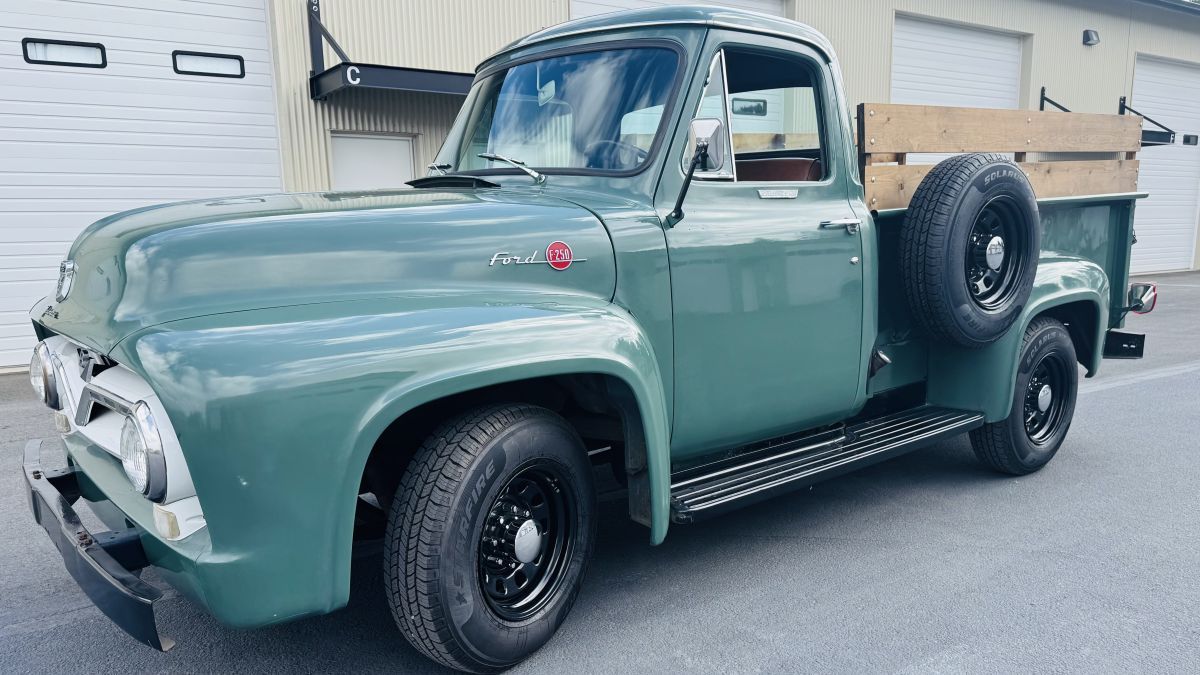
The truck in question has been newly refreshed both inside and out; it received new paint, trim, and a wood bed about a year ago. Exterior features include black bumpers, a driver-side mirror, running boards, and a side-mounted spare tire. The inside of the cab has been similarly overhauled in recent months, with appointments including tan vinyl upholstery, new sun visors, and replacement headliner.
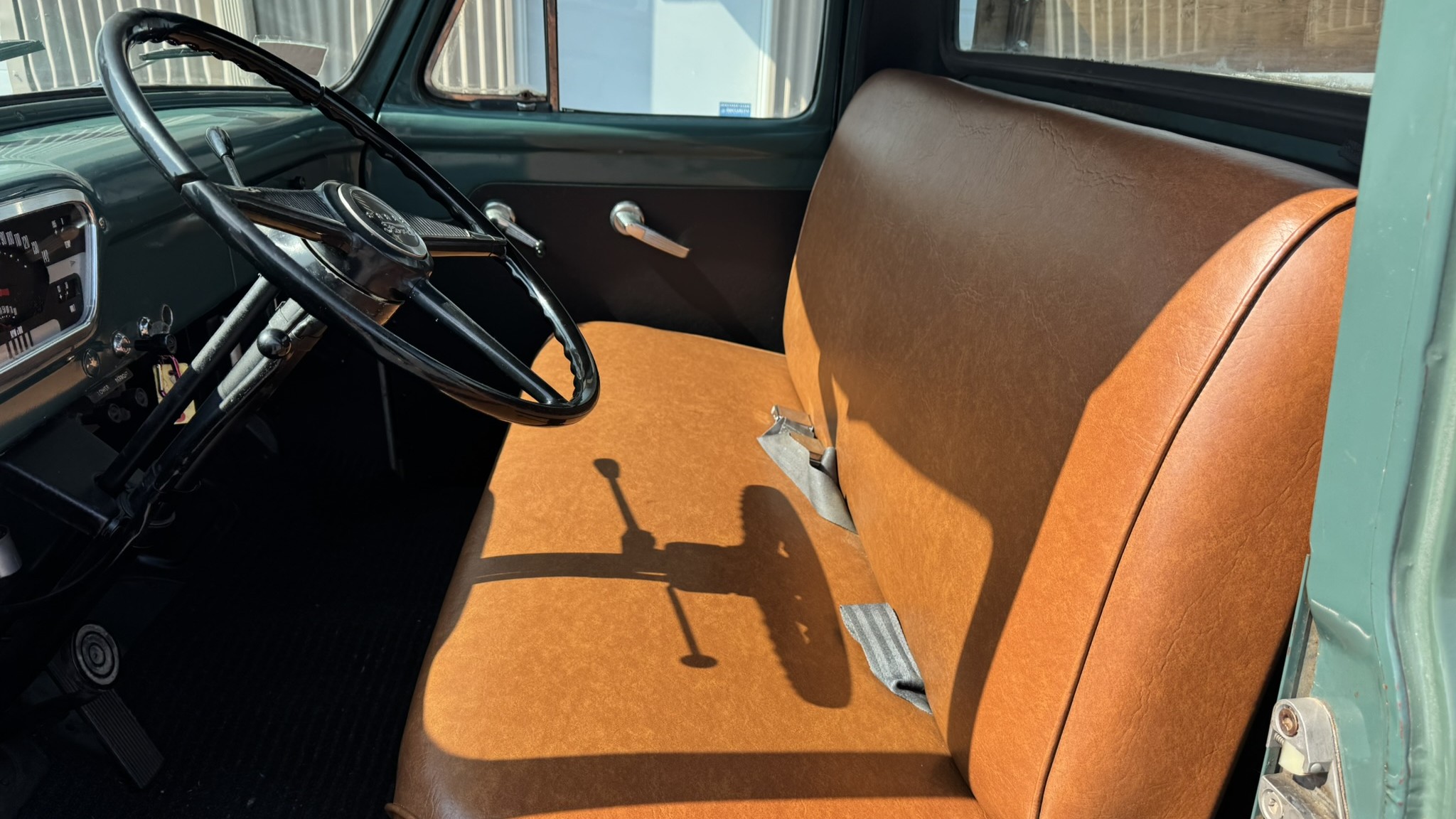
In model year 1955, Ford called its truck “The Money Maker.” The background for that claim was what Ford referred to as “Triple Economy.” Expanding on that, the pickup was said to offer value in three specific areas:
- Money-making power: The available Cost Clipper Six and Power King V8 were said to have new durability features and be engineered to last longer.
- Money-making convenience: The cab was “driverized” with conveniences to enhance comfort and cut fatigue, giving drivers an incentive to do their best work.
- Money-making capacities: Ford trucks were designed to deliver top load-carrying ability while keeping overall chassis weights lower.
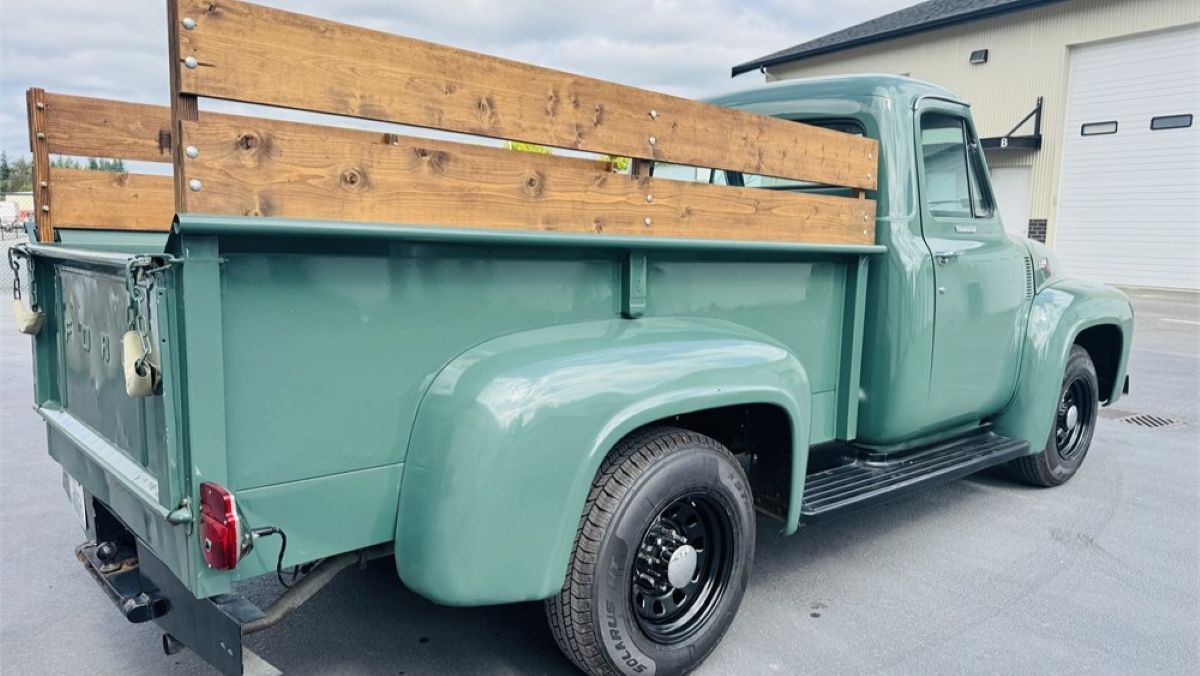
Did Ford deliver on its promises? The answer to that will probably be subjective, but one thing is for sure: the early F-Series pickups paved the way for Ford’s runaway success in the decades to come. In fact, the F-Series would go on to later hold the title as the best-selling truck in America, a feat which it still holds today in 2025 after a near-50-year streak.
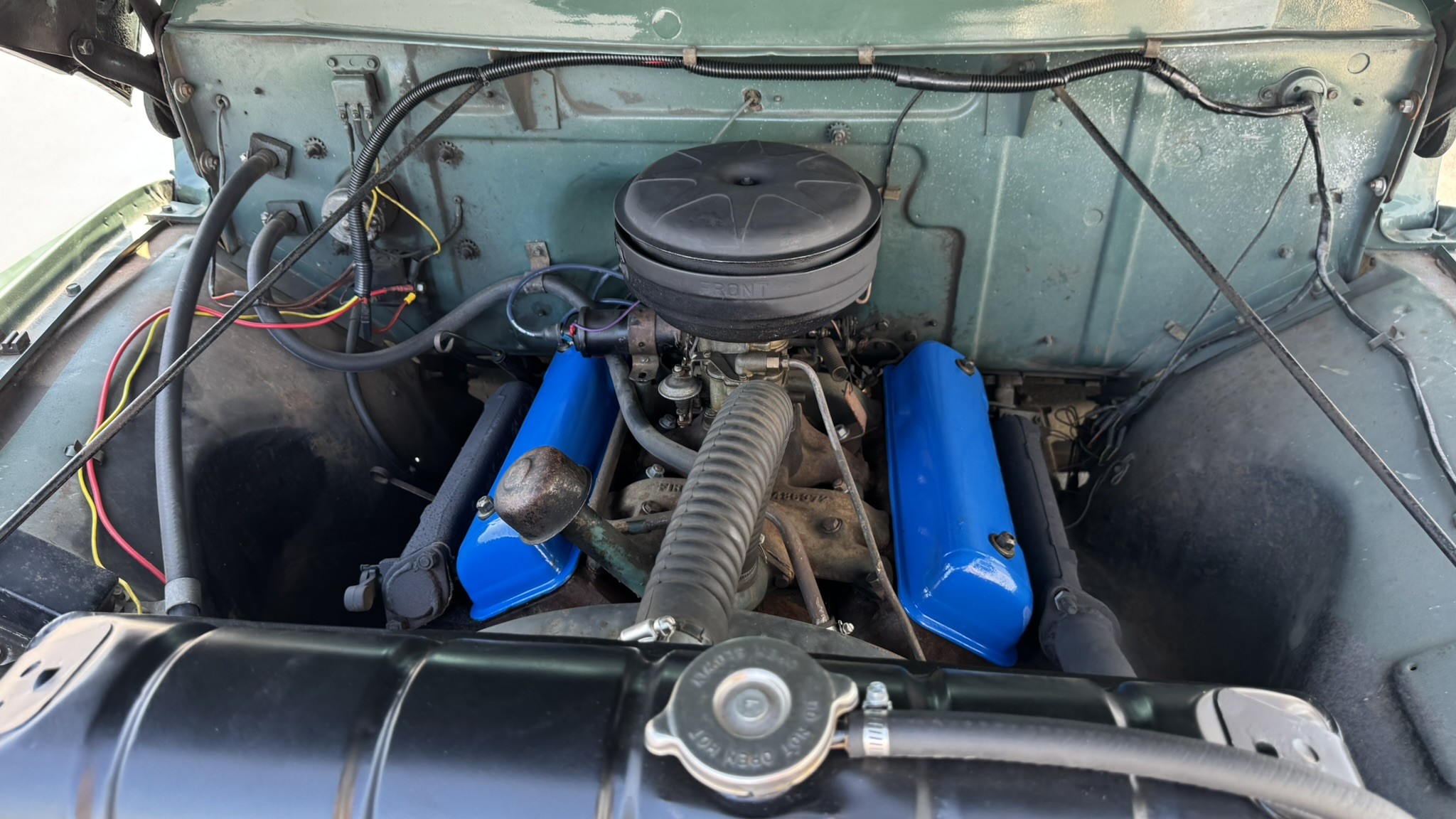
Power for this truck comes from a reportedly numbers-matching Power King 239ci V8 mated to a Ford-O-Matic three-speed automatic transmission. The engine was rated at 132 horsepower and 215 lb-ft of torque when new, and the listing says it was completely rebuilt in March 2025. The odometer shows 198 miles, although true mileage on the chassis is unknown since the mileage was reset to zero when the aforementioned mechanical work was performed.
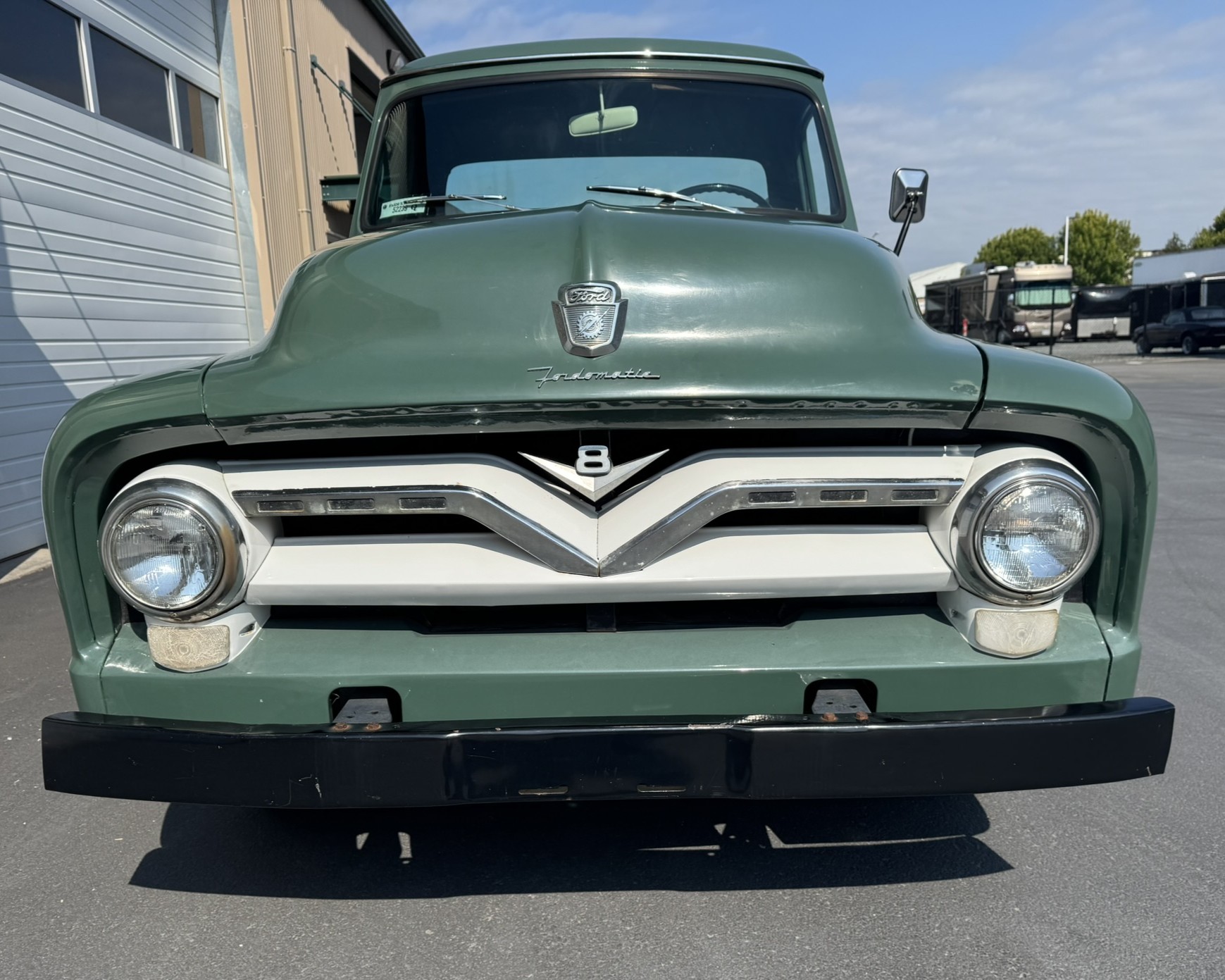
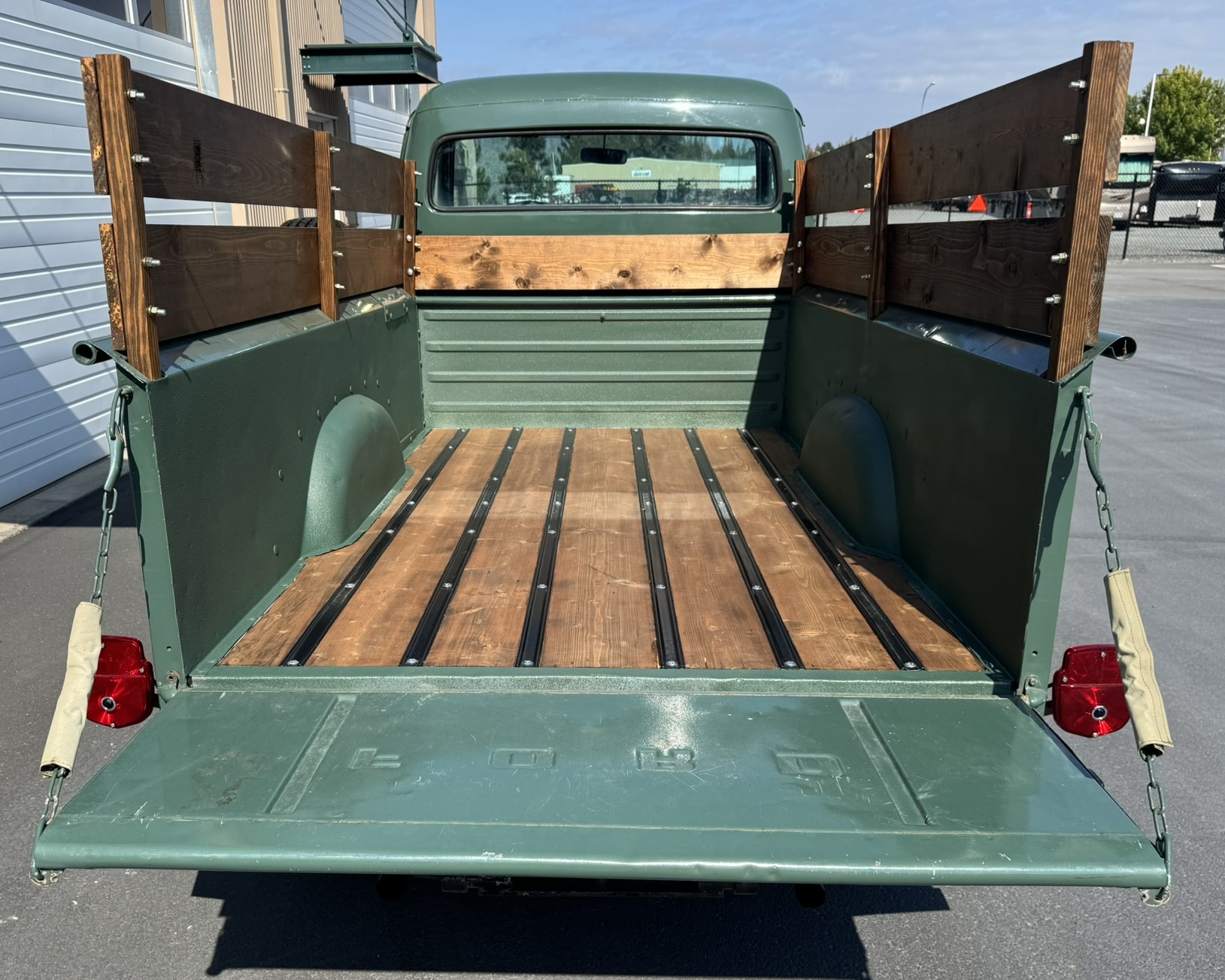
A walk-around video has been provided which shows the exterior, interior, and engine compartment. There’s a lot to love about all-things green in the PNW, and this tidy, restored F-Series is no exception.
The auction for this 1955 Ford F-250 Pickup ends Monday, September 22, 2025, at 12:30 p.m. (PDT).
Visit the AutoHunter listing for more information and a photo gallery

